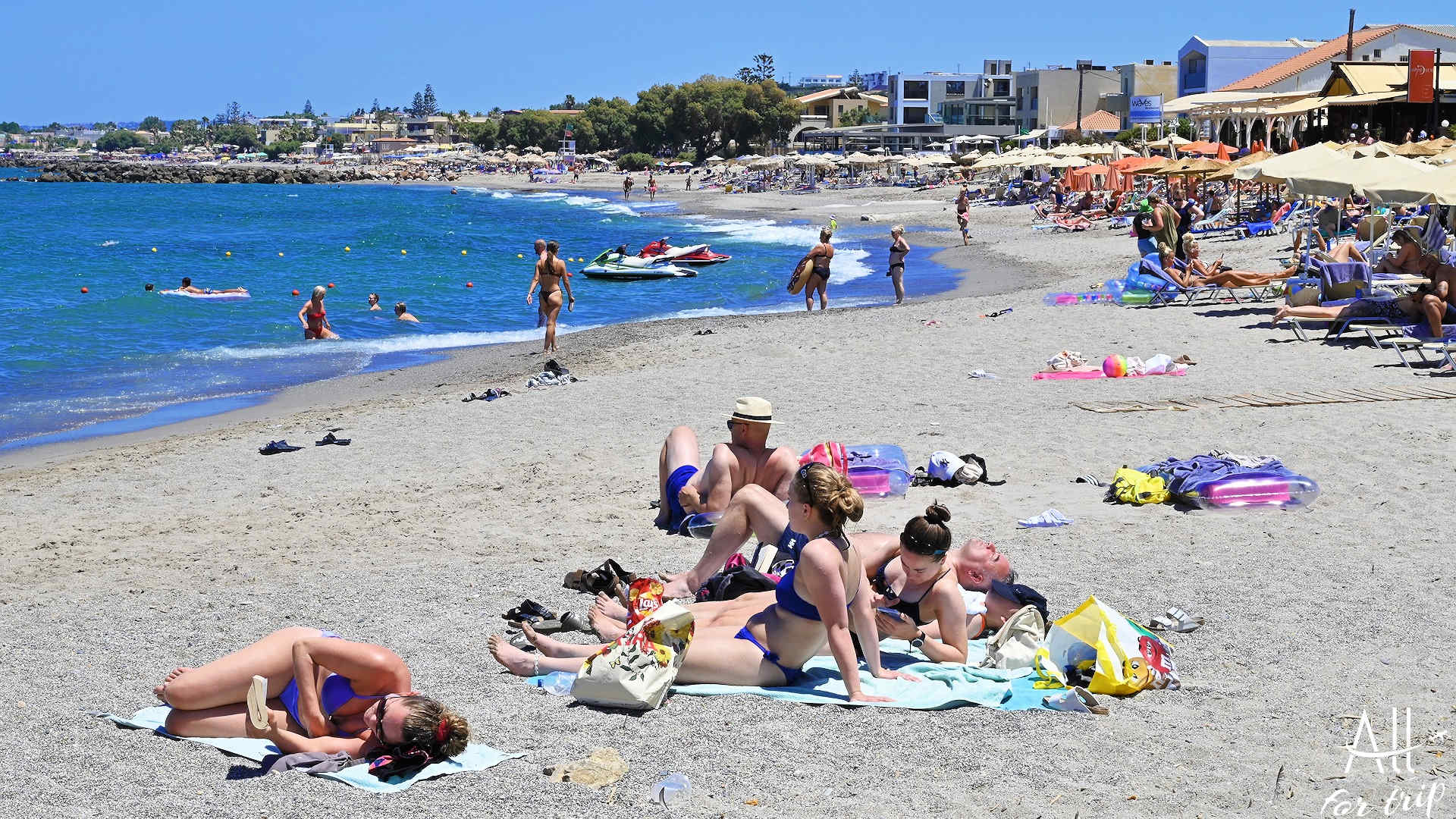
PLATANIAS
PORT & BEACH
From Chania, the continuation of TROULAKIS BEACH is PLATANIAS! – which was built along the sandy coast. Chania is only 12.1 kilometers, Kissamos 31.4 km. The city is larger, with 5,421 permanent residents in 2022. The small family hotels, what give the unique atmosphere of Western Crete are being replaced by larger hotel complexes. Along the main road, many shops and restaurants wait for the dear guests. You can also enjoy refreshing drinks under the umbrella on the beach. Anyone who wants a nice restaurant on the beach, with local Cretan or Greek flavours will surely be satisfied. A wide selection of bars bars awaits You at the resort. The restaurants, taverns, bars and hotels that satisfy all needs will make your vacation perfect!
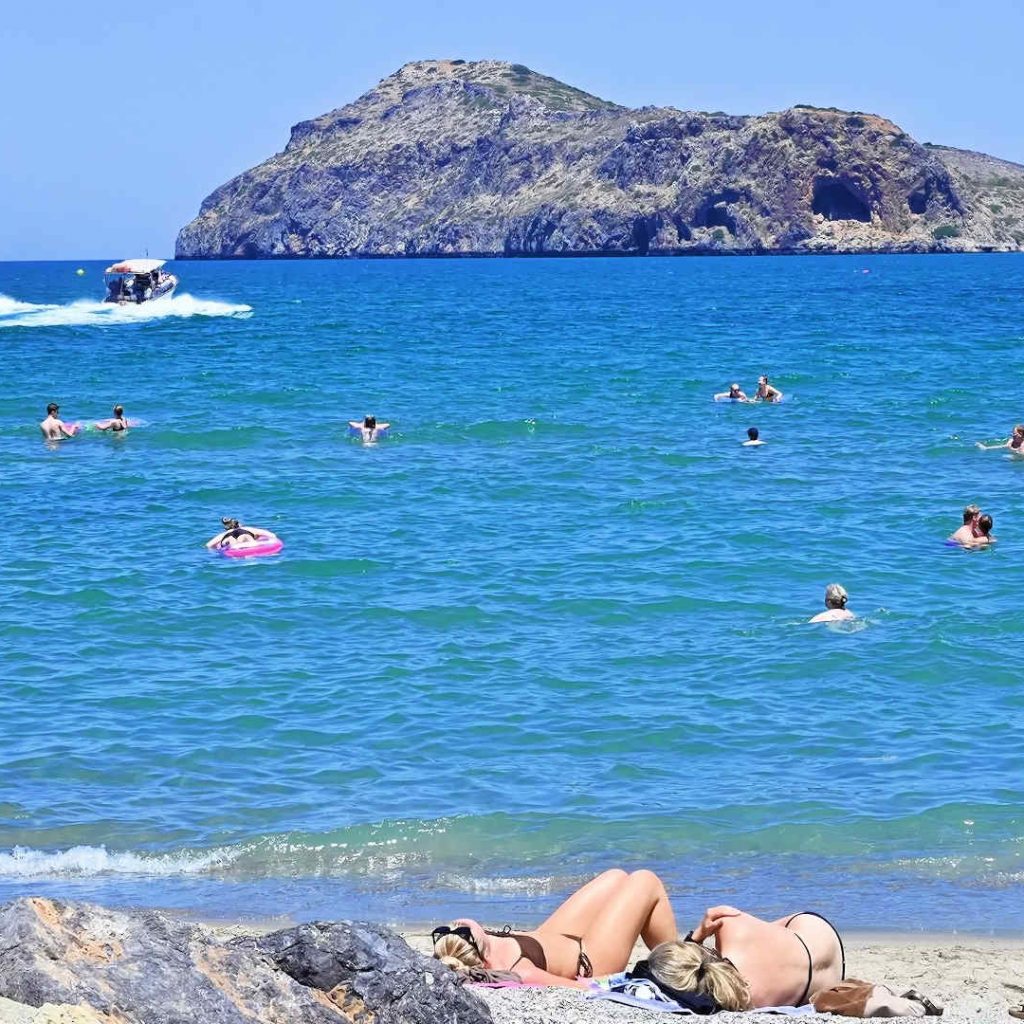
GPS is very important! – because no street names in Western Crete.
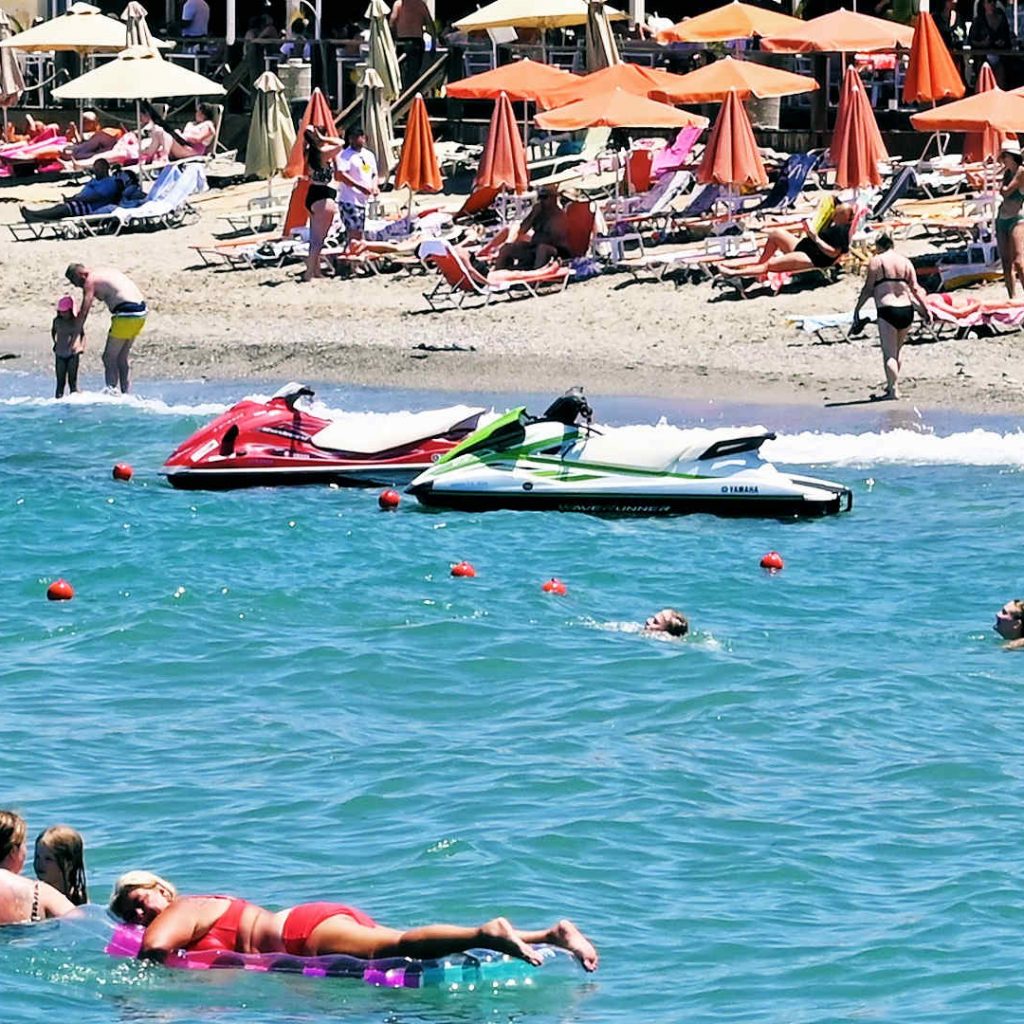
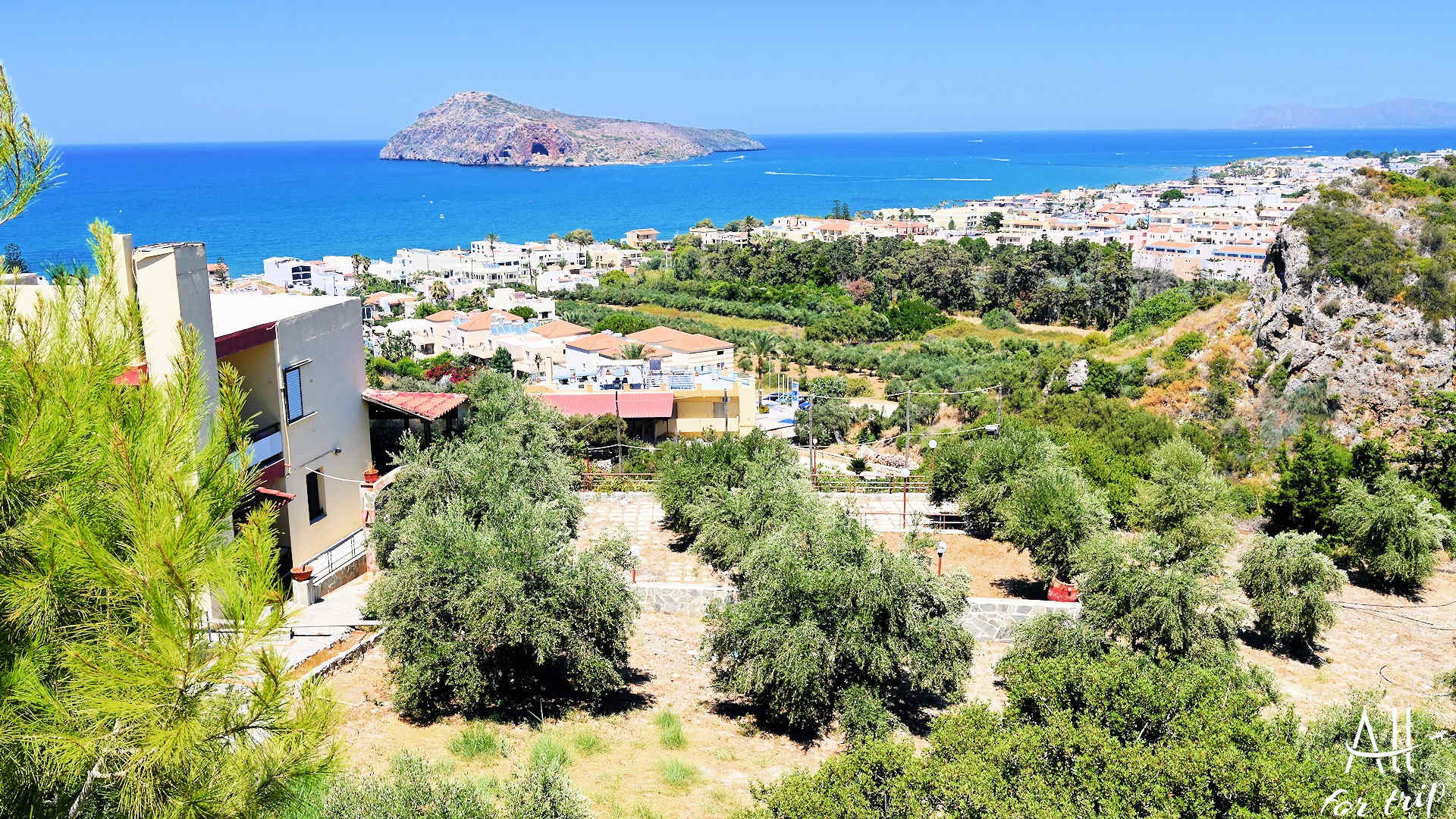
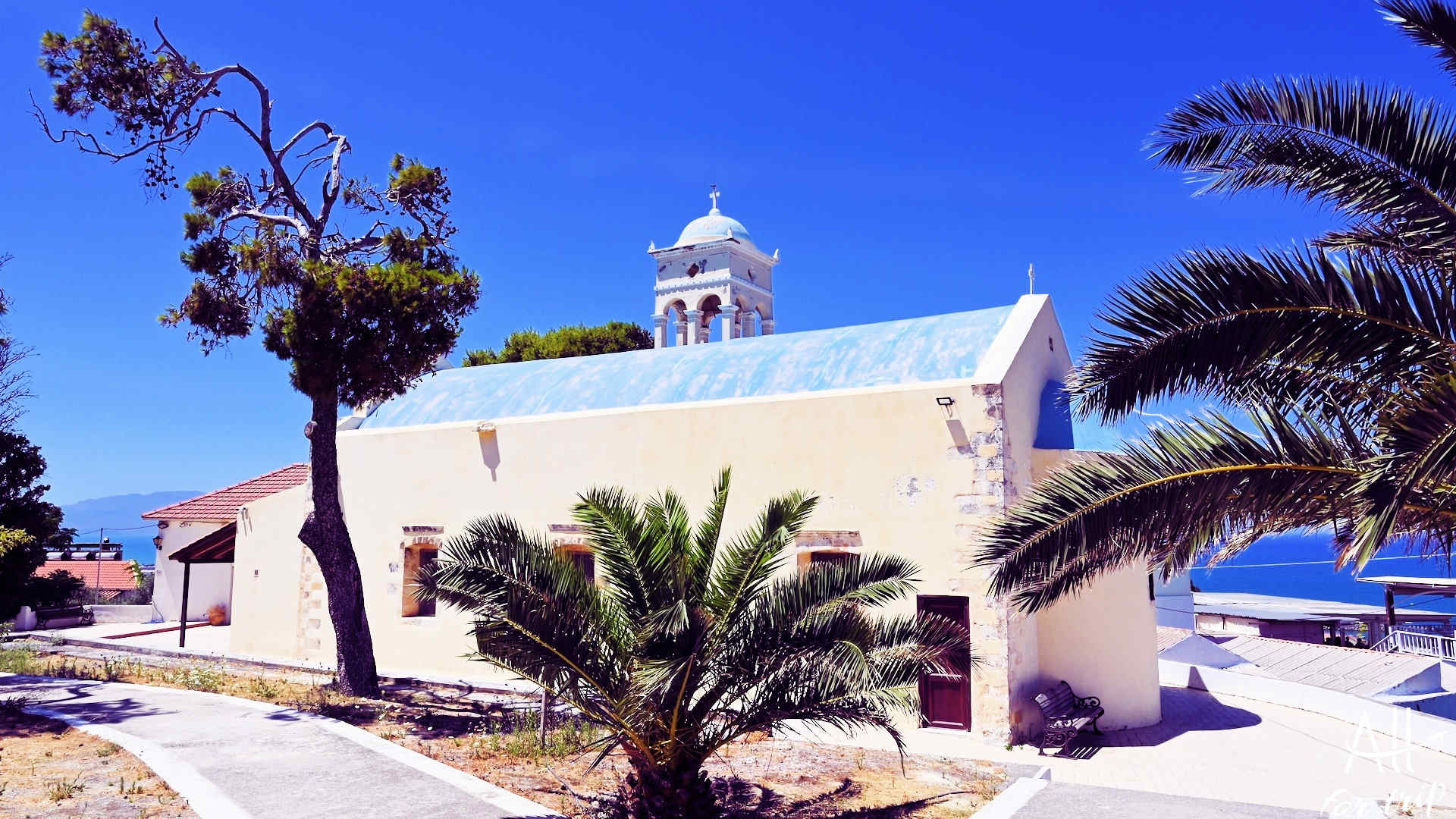
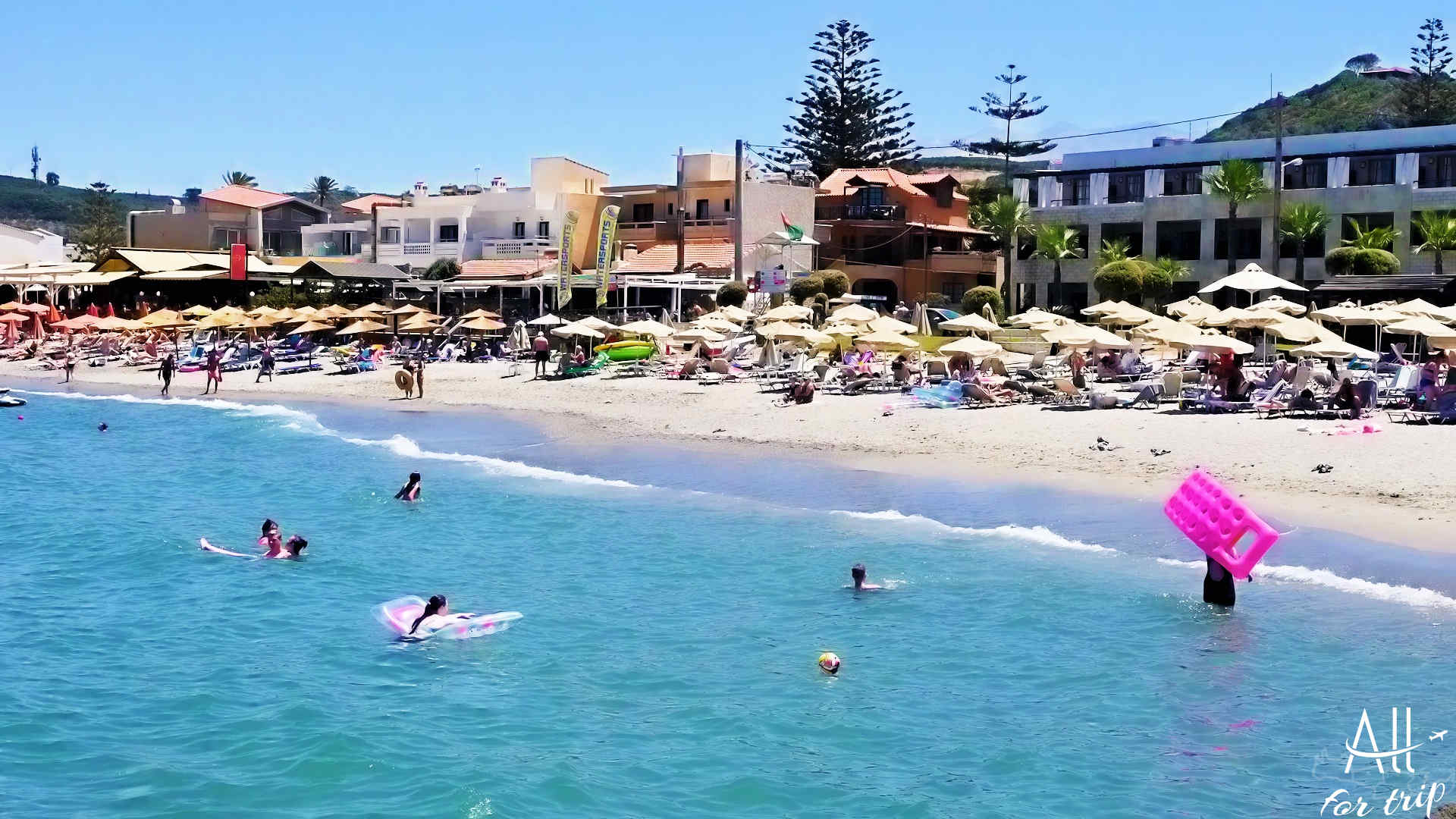
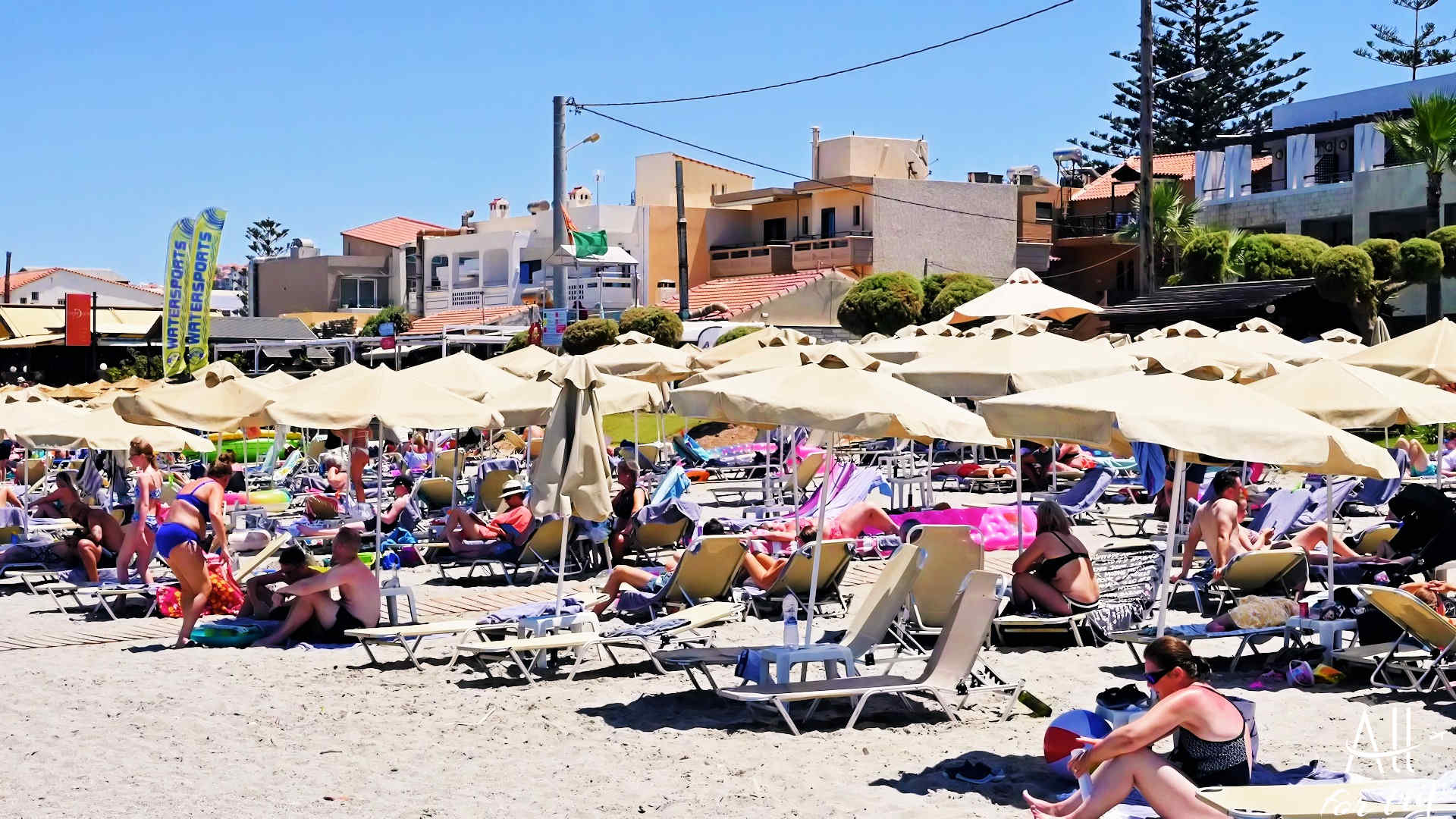
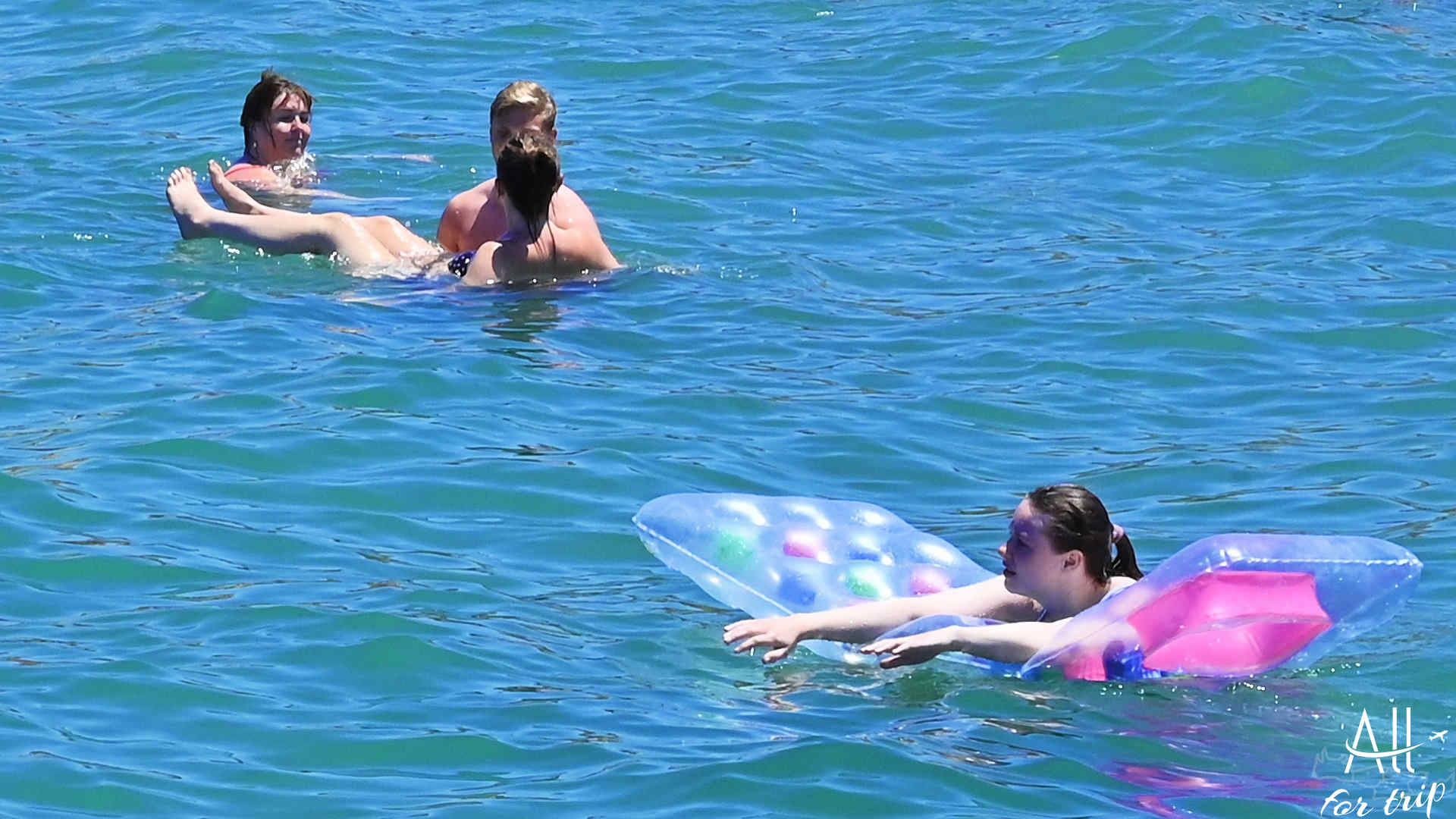
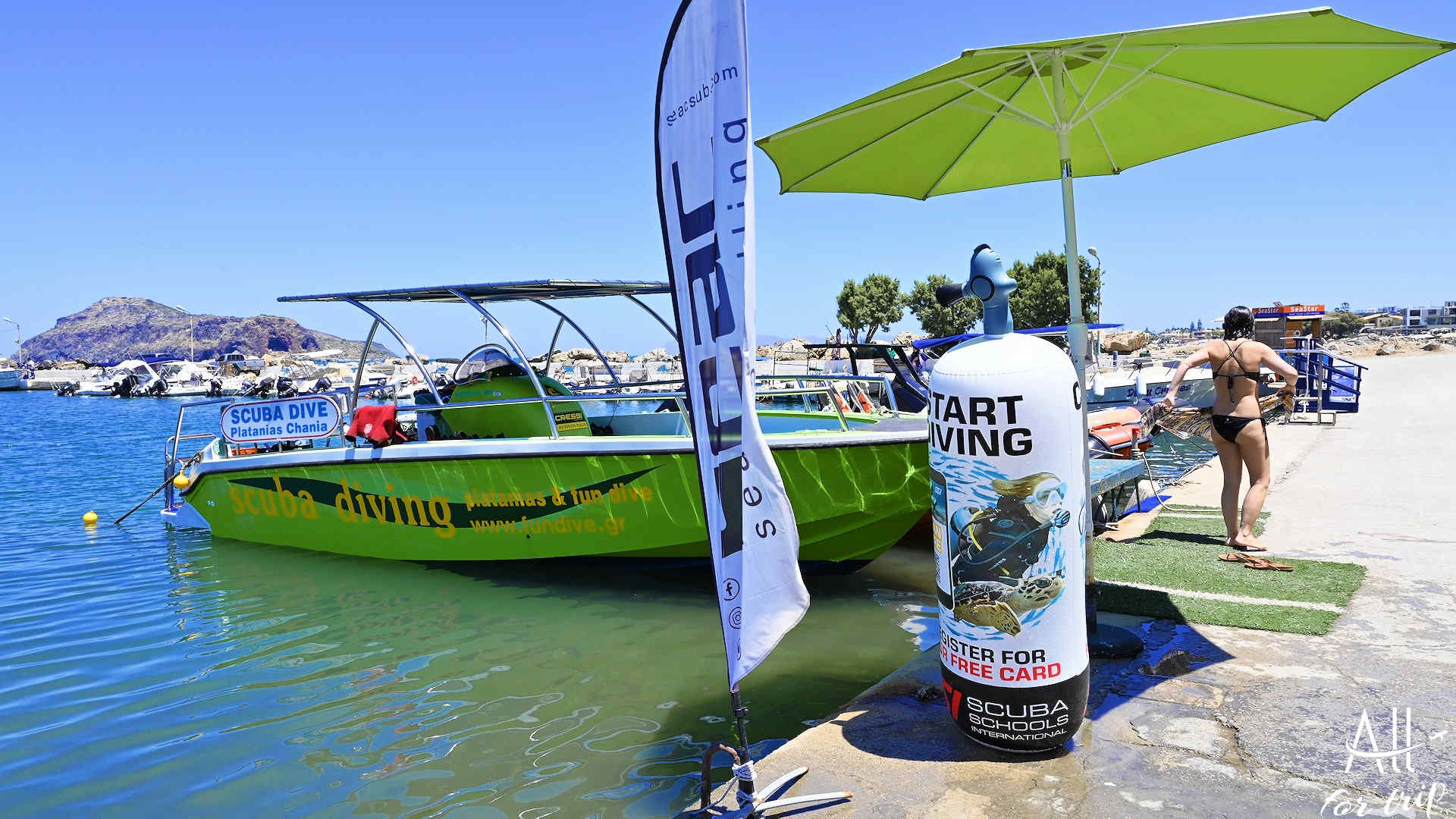
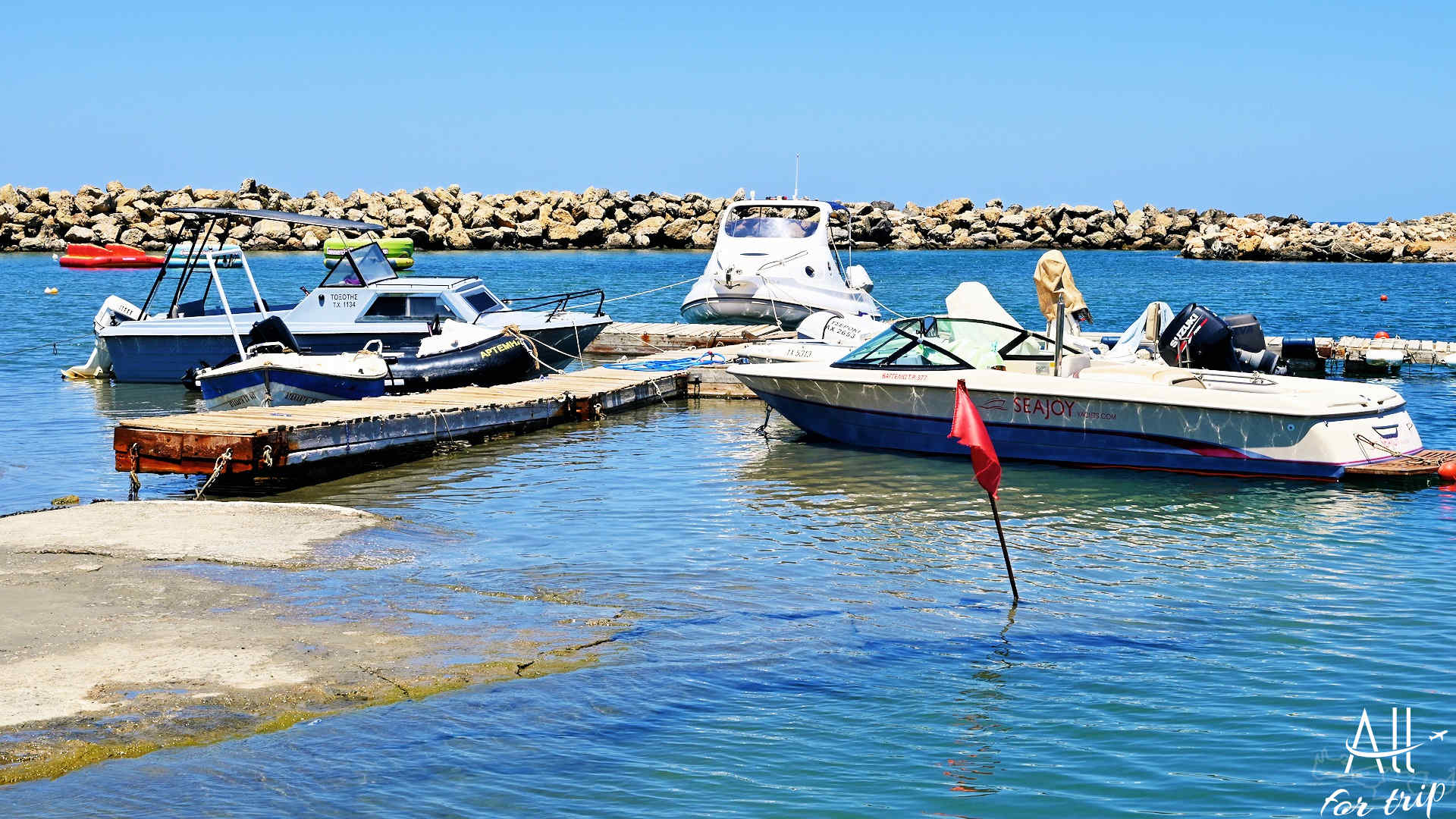
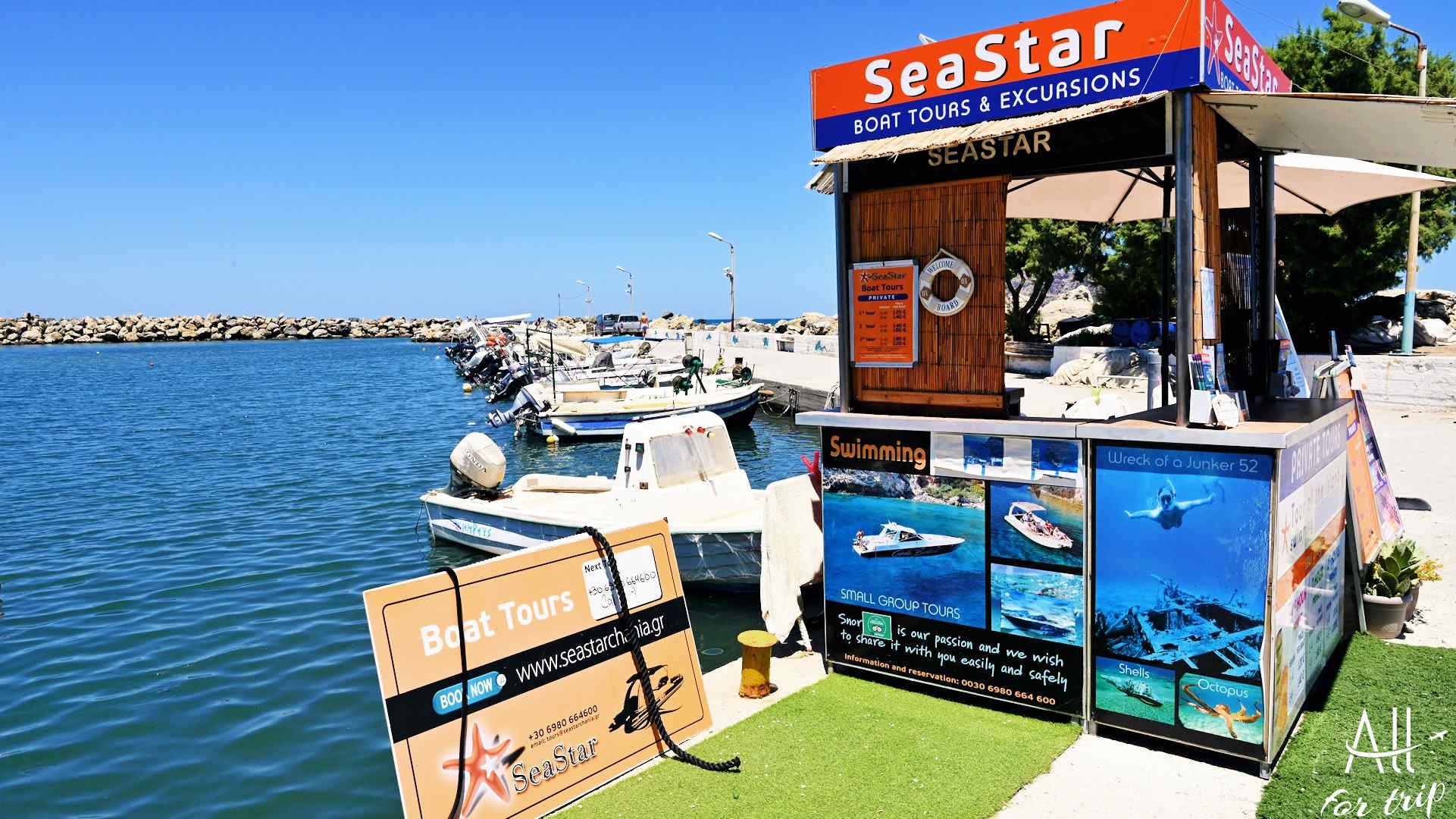
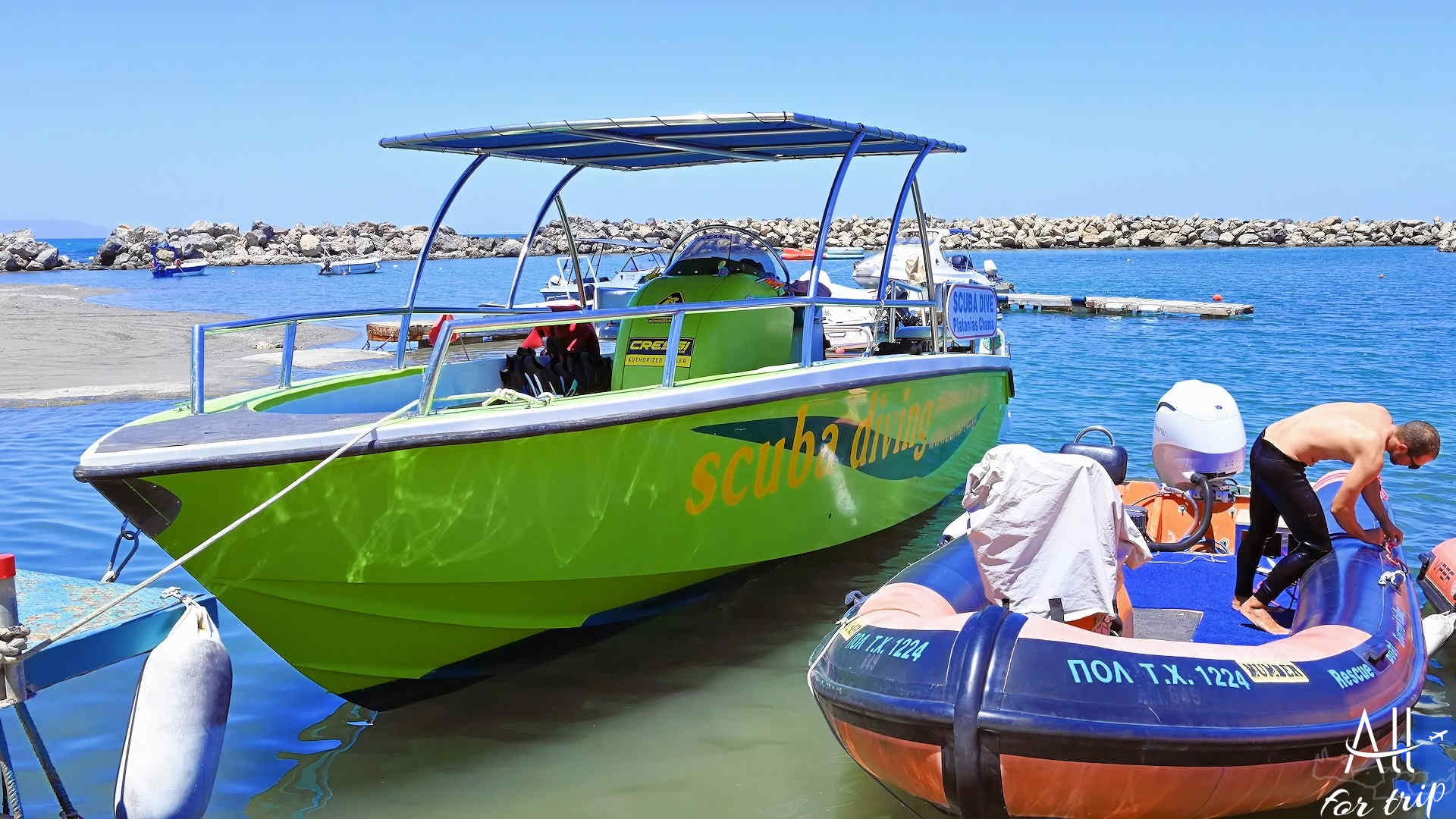
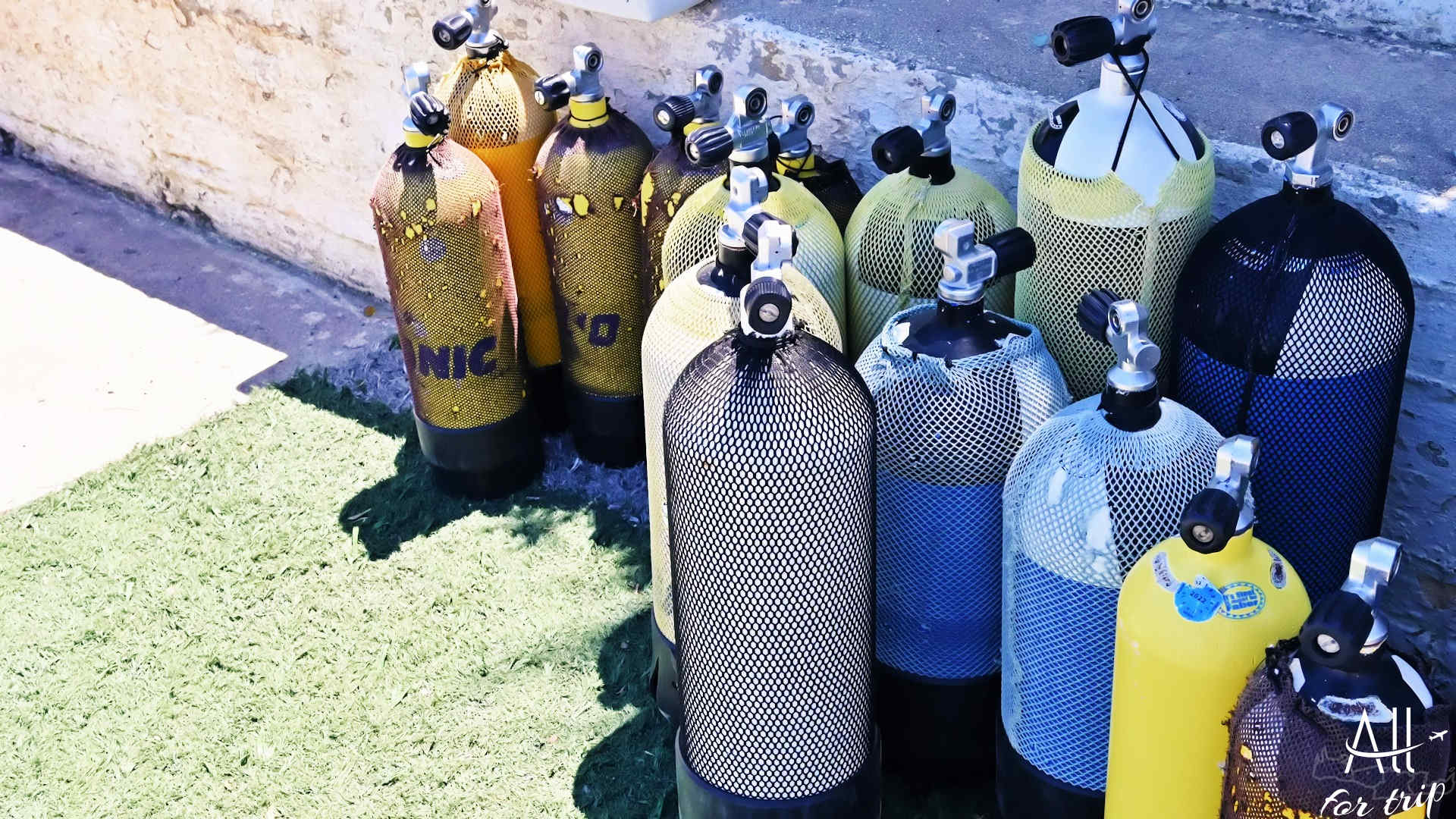
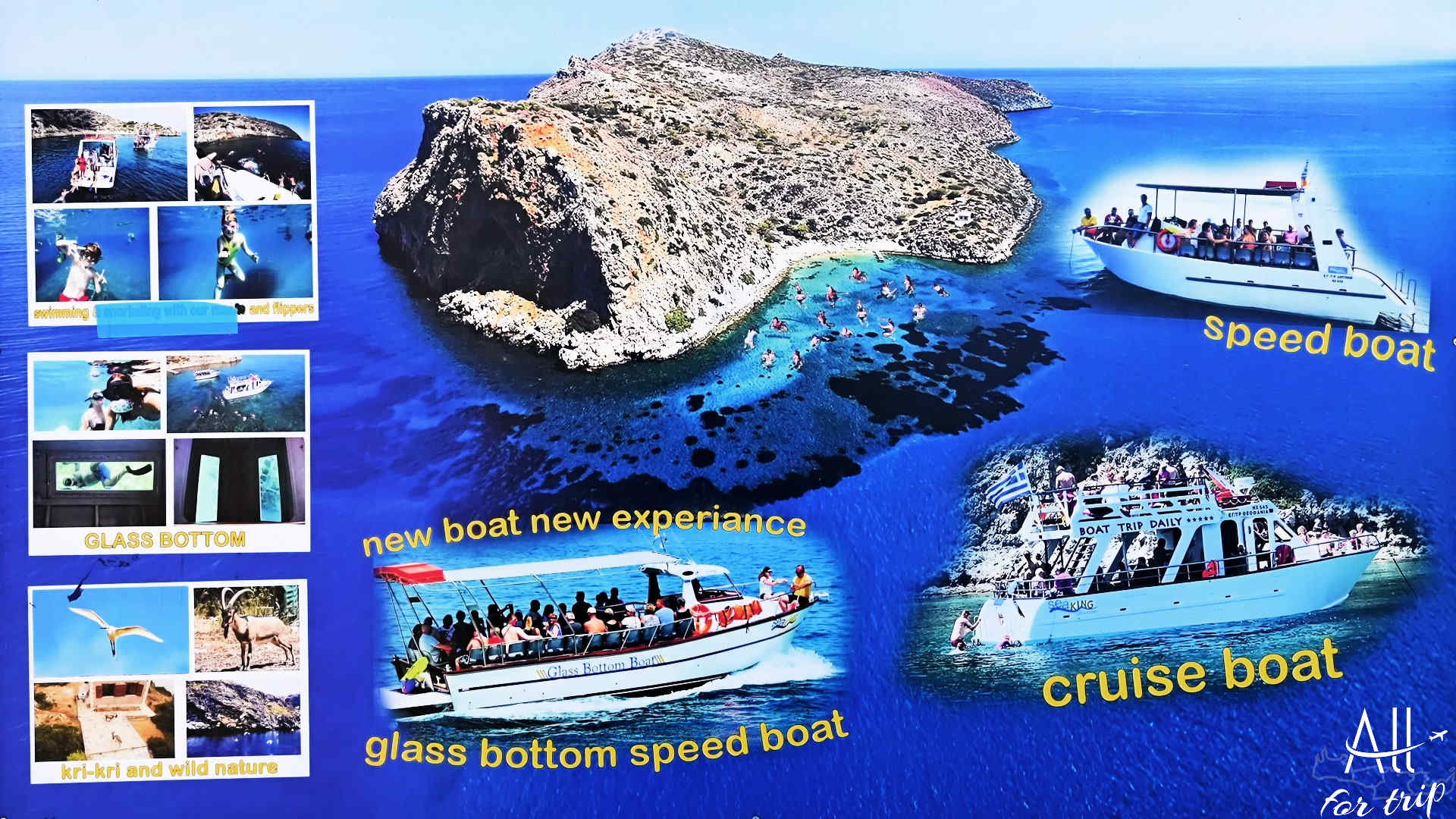
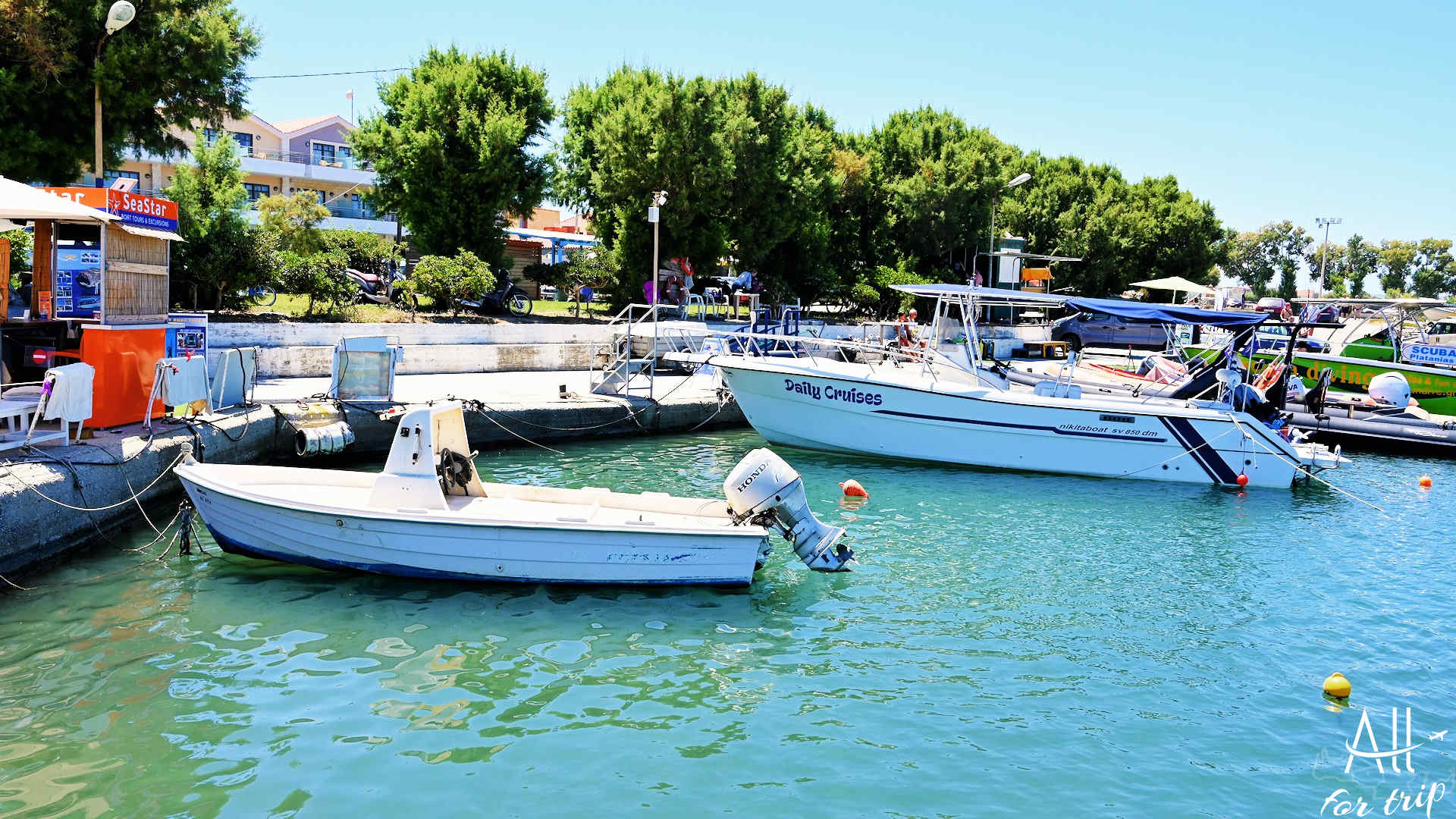
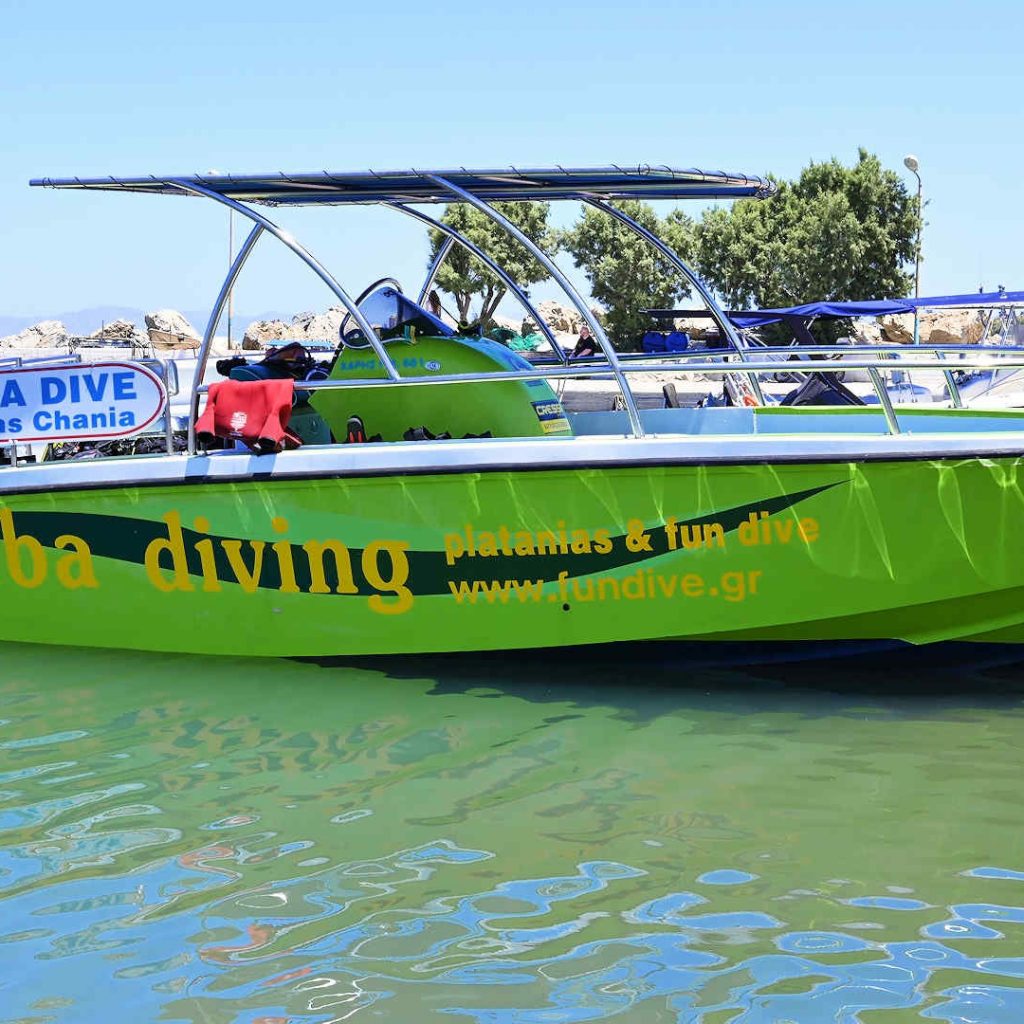
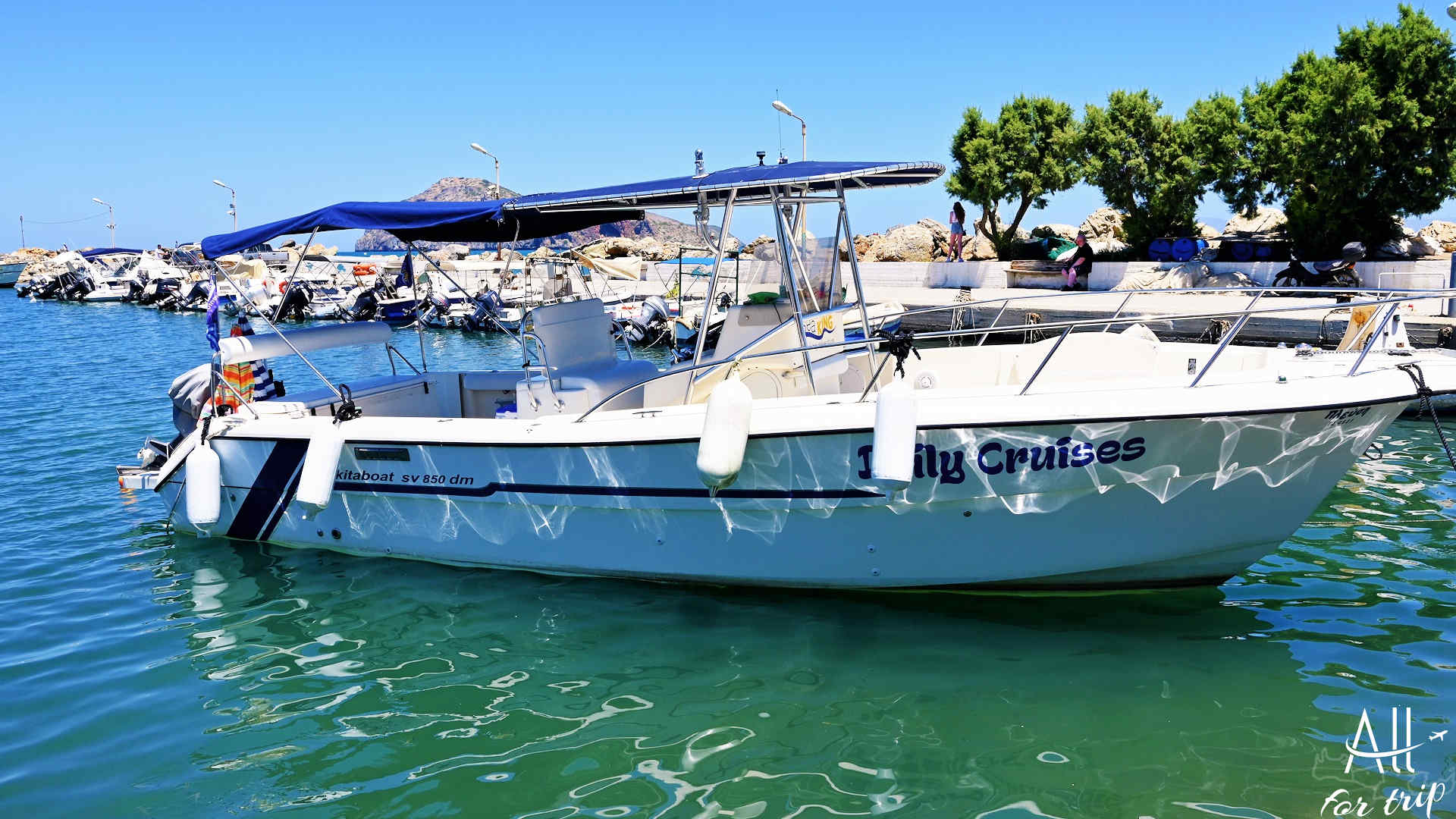
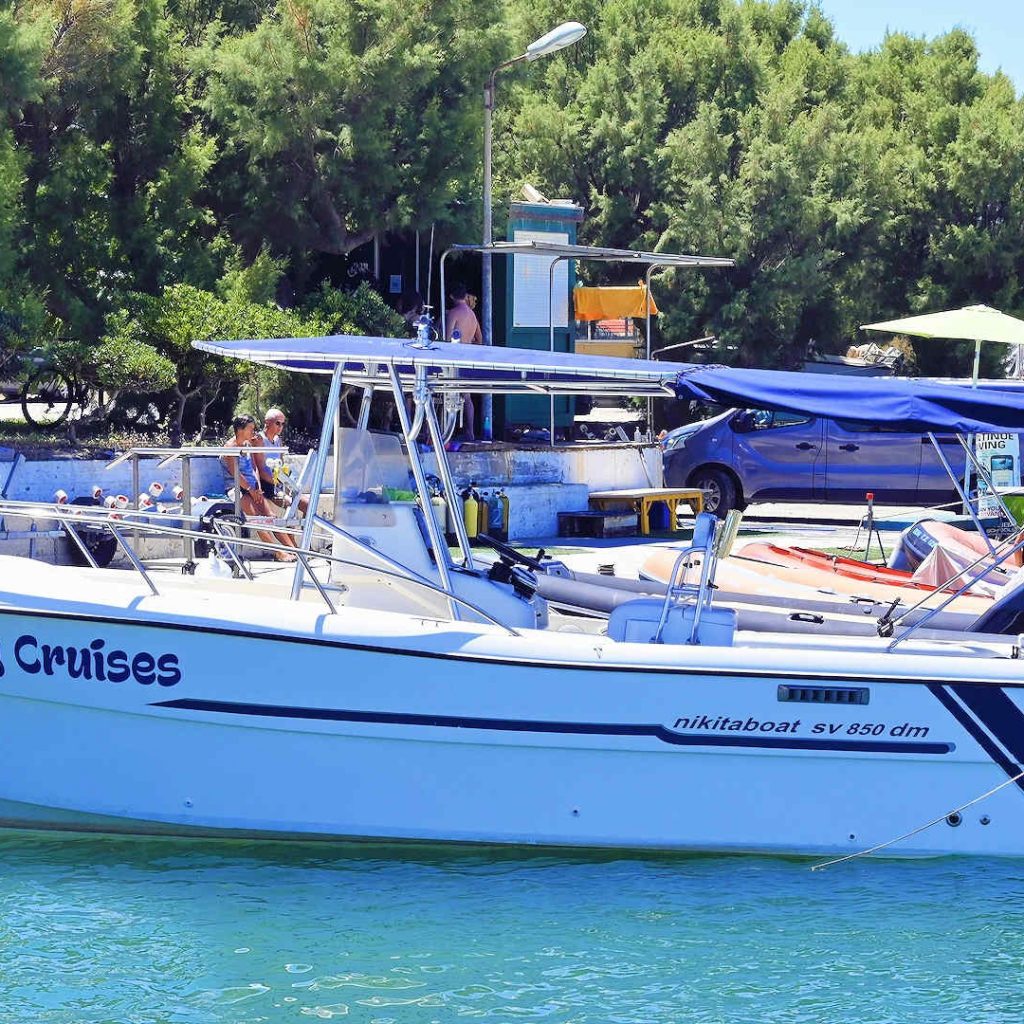
HISTORY OF PLATANIAS
1550 BC – 1450 BC – the archaeological findings from the excavations around Platanias, date from the late Minoan period: cult objects, grave objects, remains of rural villas and graves.
Platanias in Greek mythology:
– When the goddess Athena visited Crete, she drank water from a spring in Ano Platanias.
-On his way home from the Trojan War, King Agamemnon founded the city of Pergamos, at the mouth of the Platanias River.
365 – 732 – The Byzantine period
– due to regular pirate attacks, the population retreated to the mountains and heights.
– therefore, the ancient village of Platanias: Ano Platanias, was built on high ground on the Acropolis Hill
– it was easier to watch the enemy ships from the height
– they could defend themselves more successfully on the heights
The Venetian period
1252 – This period began with the first fall of Constantinople
– the name of the settlement in the written records: Plataniast, Plataneas, or Pyrgos Platanea
– during this period Platanias was a small village
1645 – the Turks conquered Crete
– the soldiers from the village served in the fortress on Thodorou Island opposite the settlement
– in the last battle for the fortress, 70 defenders of the fortress blew themselves up: they did not surrender to the Turkish army
1881 – According by Iosif Hatzidakis, who was doctor and archaeologist:
– the settlement consisted of 150 houses
– 70 children attended the local school
Second World War
1941 – the Battle of Crete
– the population tried to defend the settlement with armed resistance
– they helped protect the Maleme airport next to the settlement
– the defence was assisted by troops from other parts of Greece, as well as allied soldiers and New Zealand troops
Platanias today
– the original inhabitants of the settlement, farmers and shepherds: they retreated to higher ground
– the sandy beach changed the life of the settlement
– hotel complexes were built along the coast
– today’s Platanias is: a holiday settlement on the several kilometers long sandy coast
– the agricultural products are still important around Platanias: citrus fruits, oranges and olives
THE WAR HEROES’ MEMORIAL
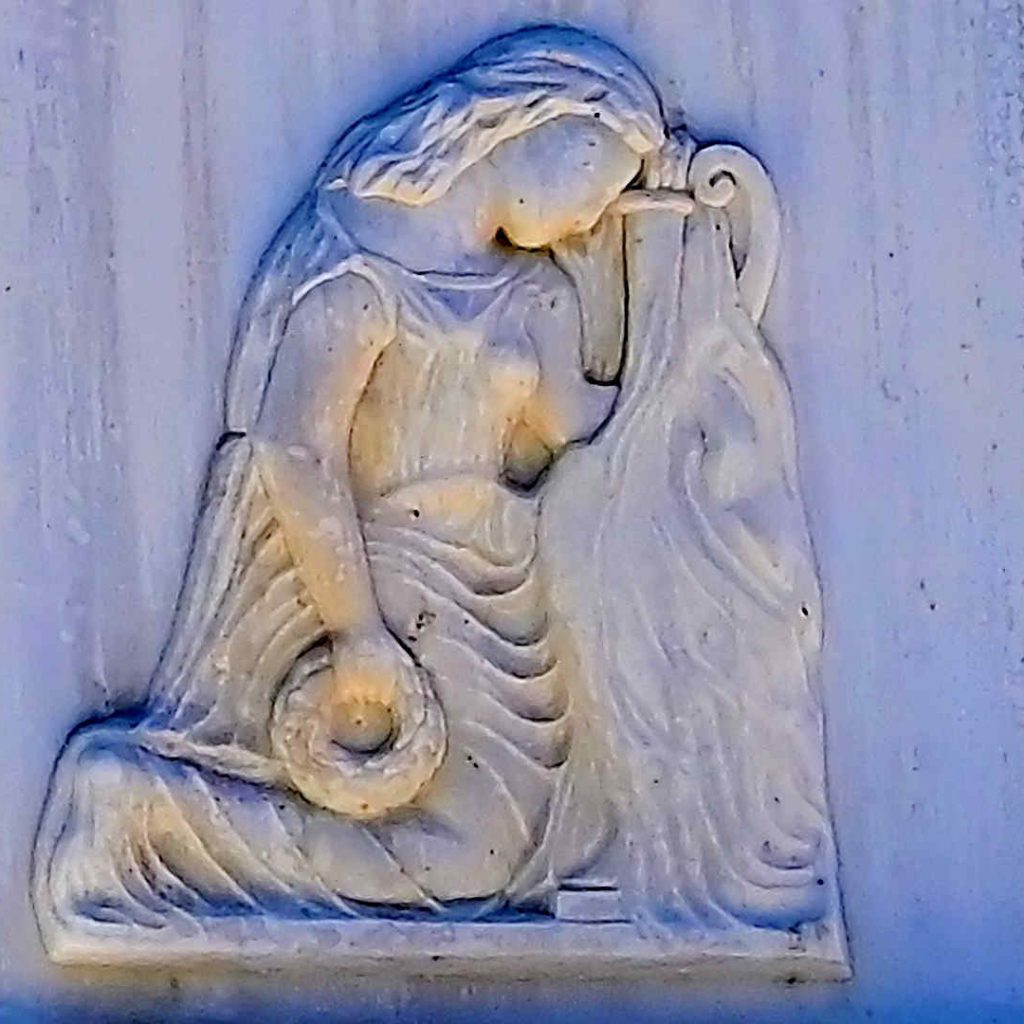
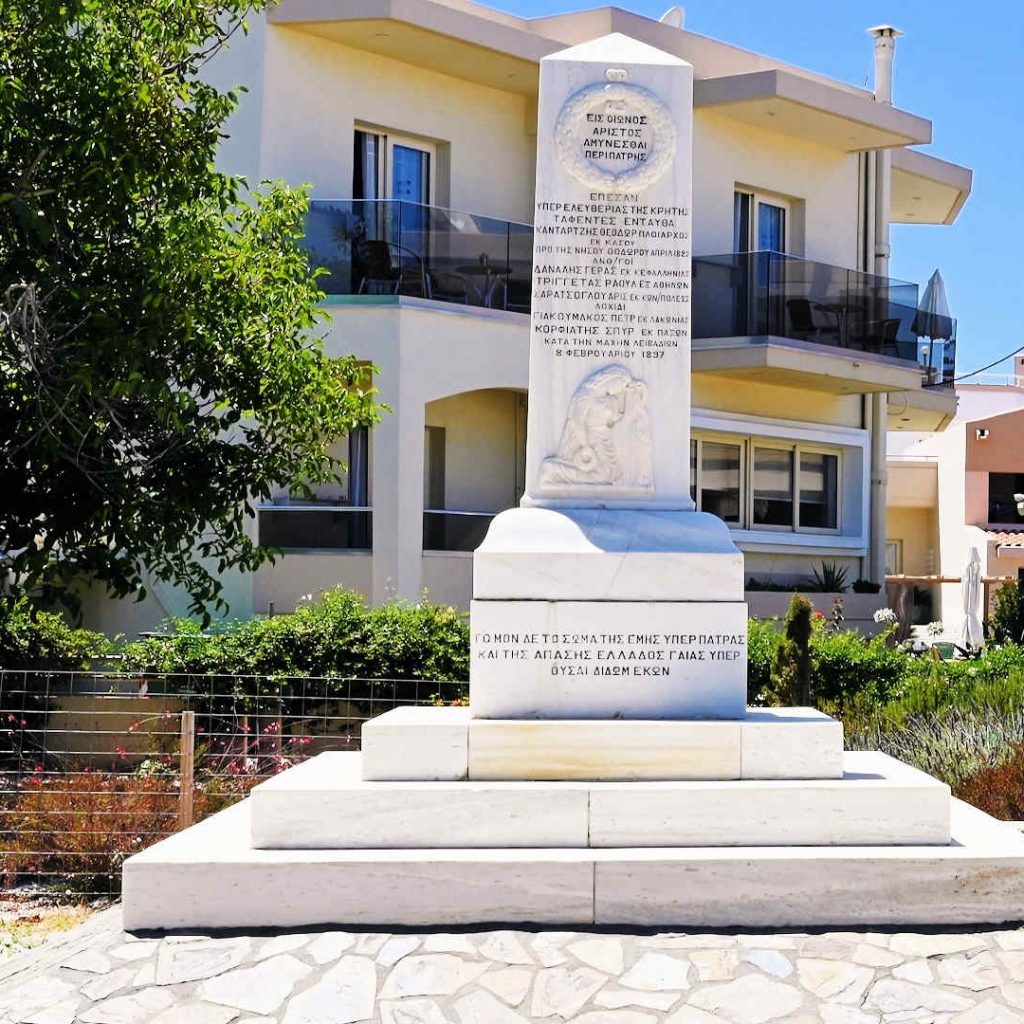
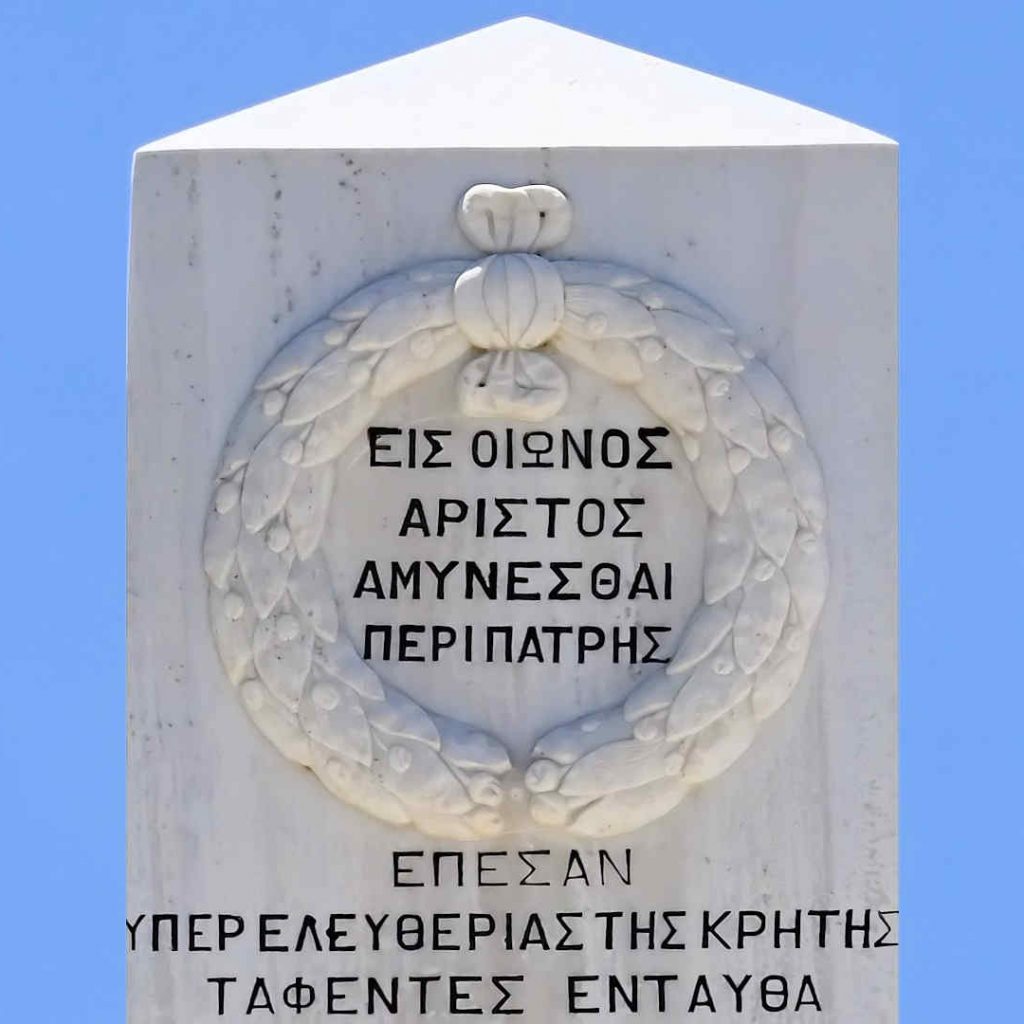
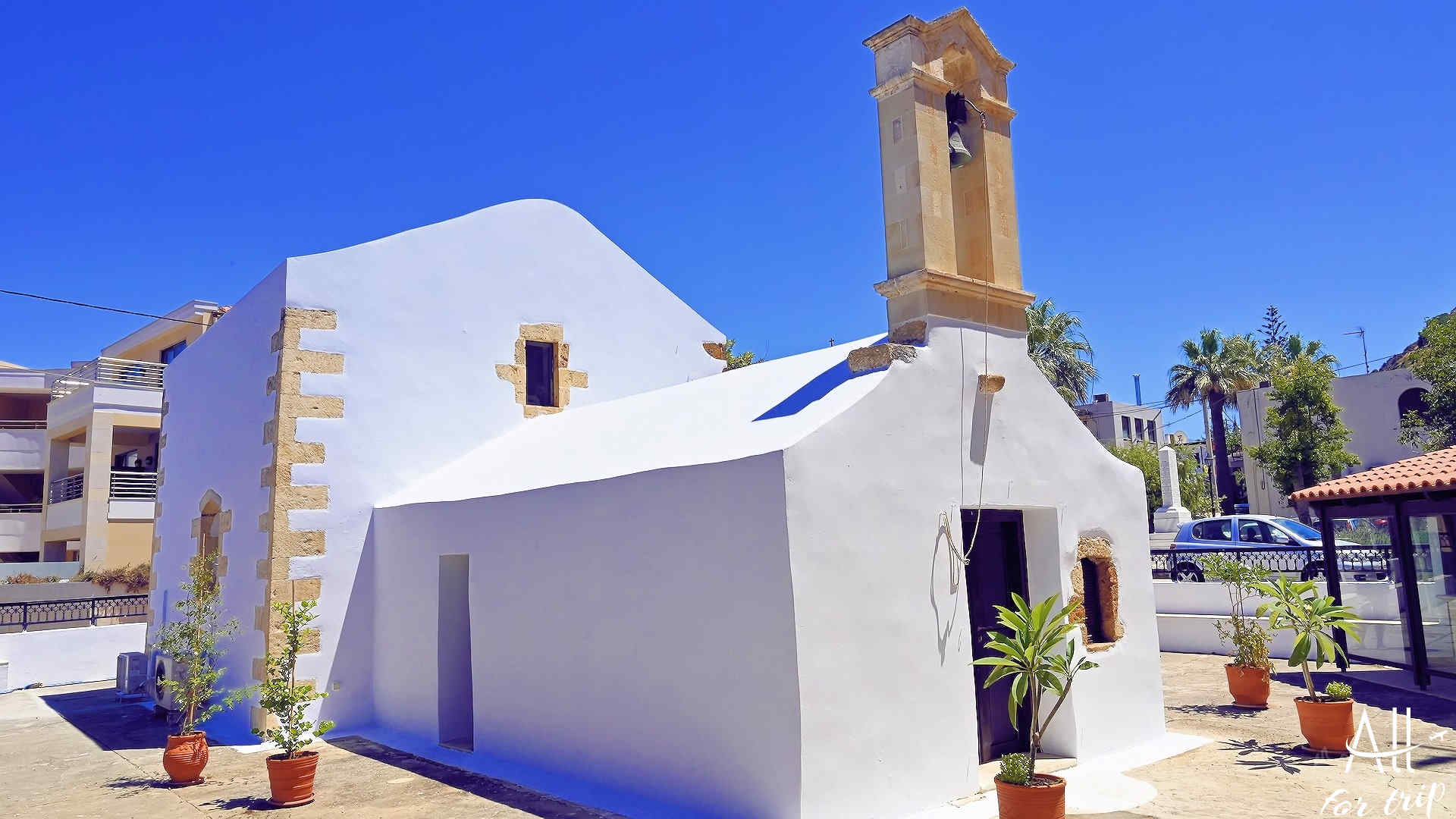
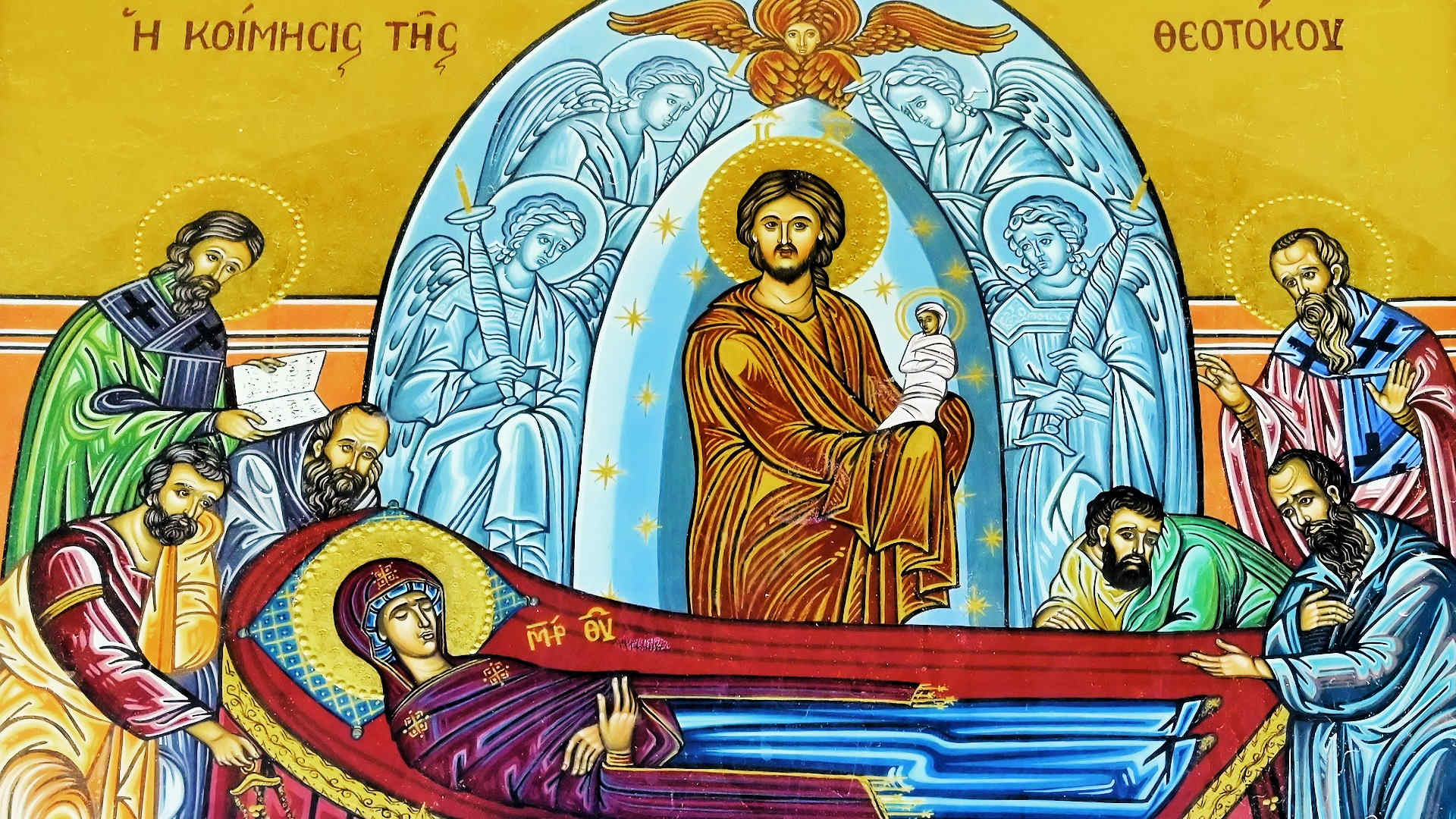
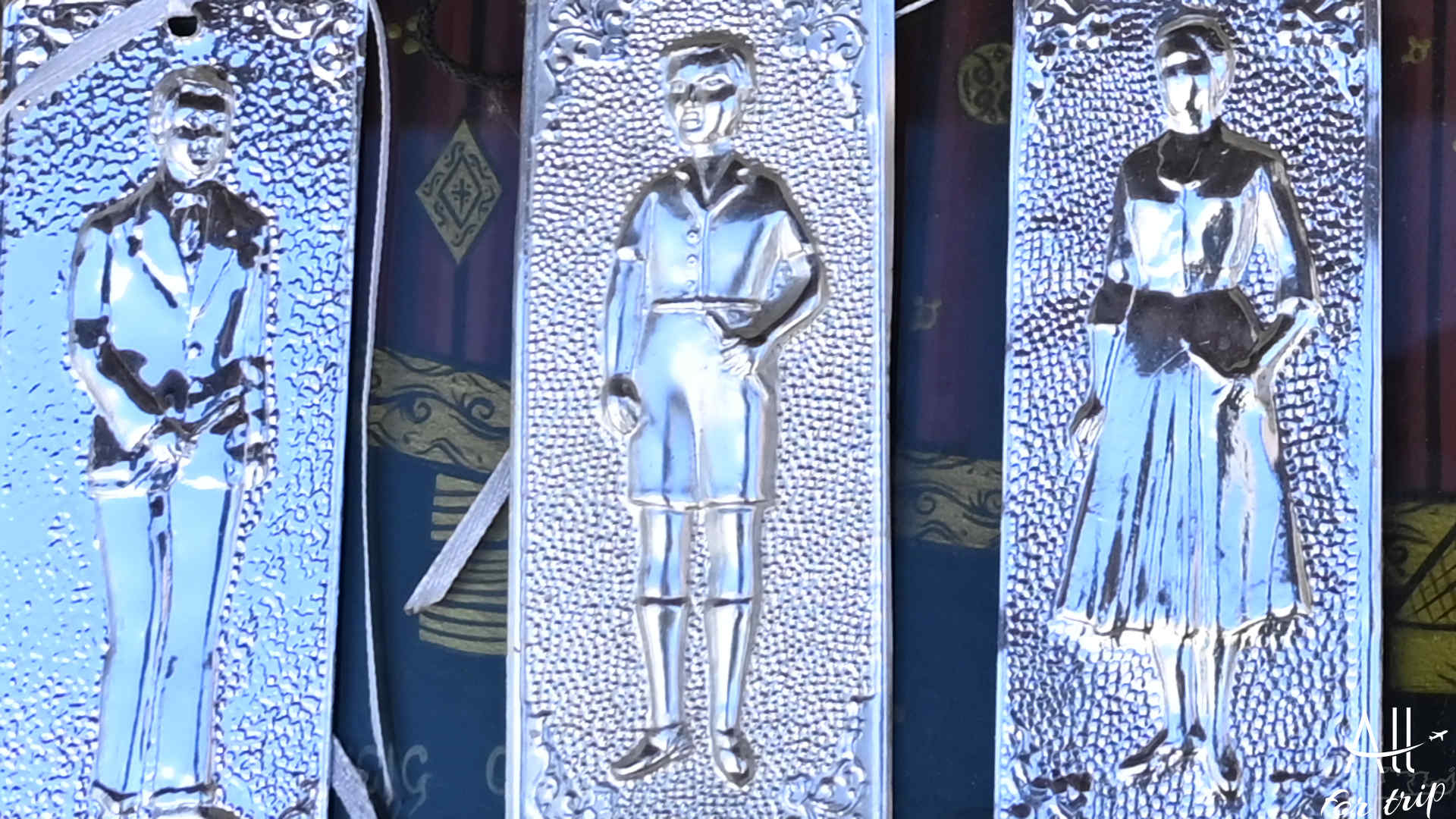
MUSEUM OF HISTORIC SHELTER OF PLATANIAS
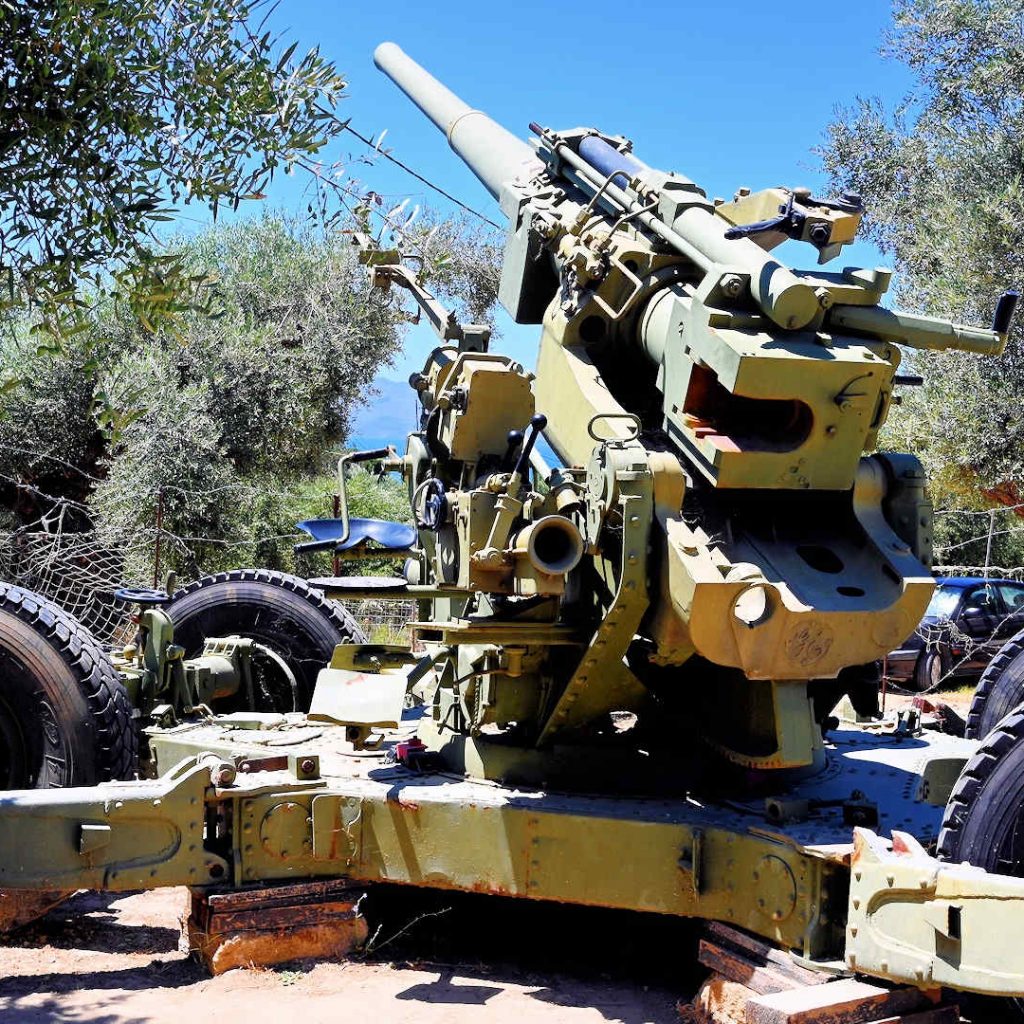
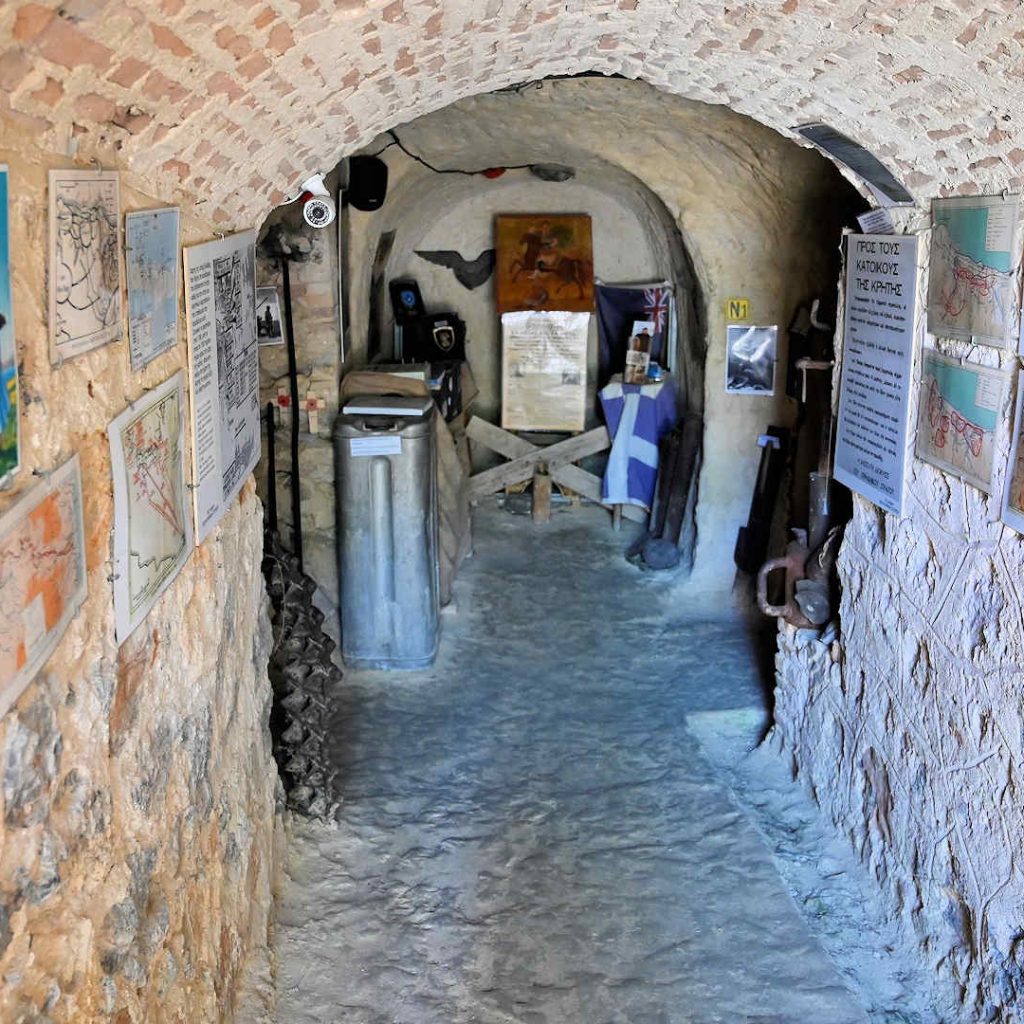
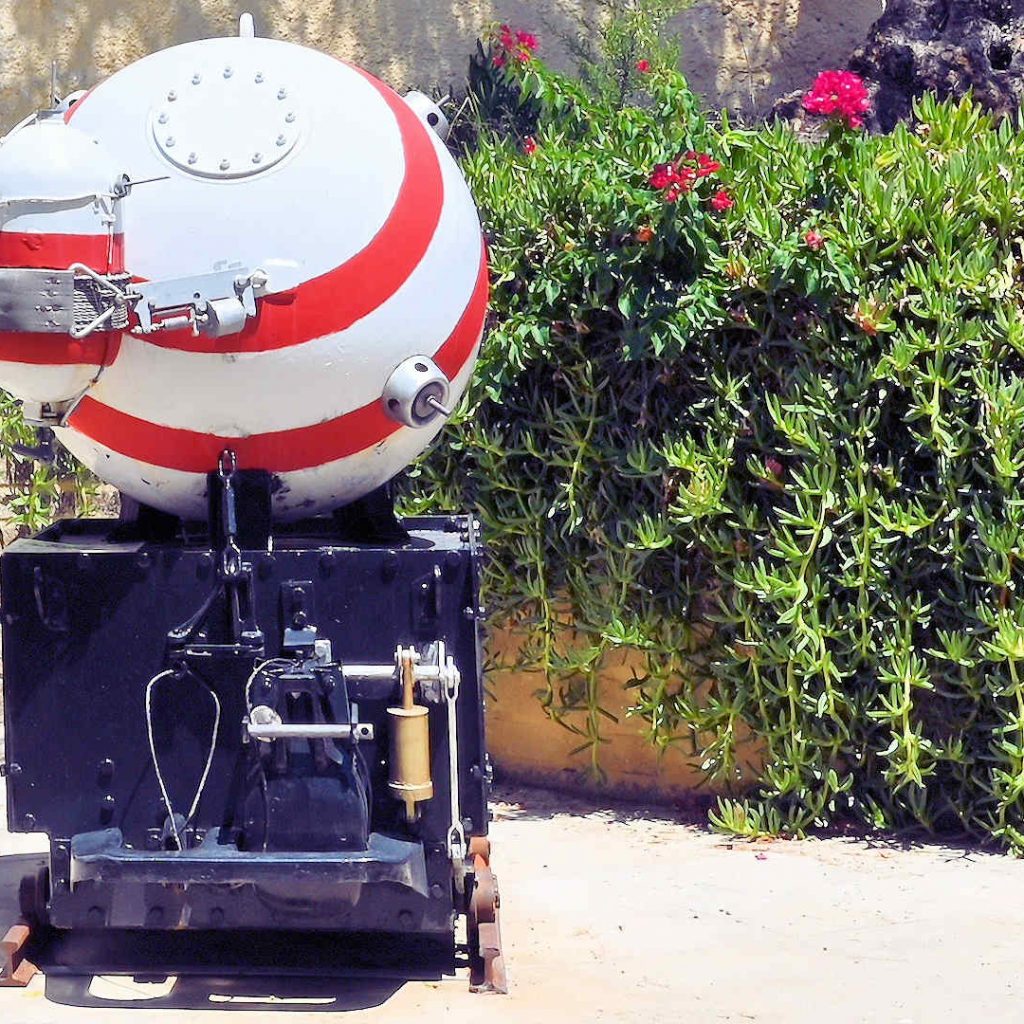
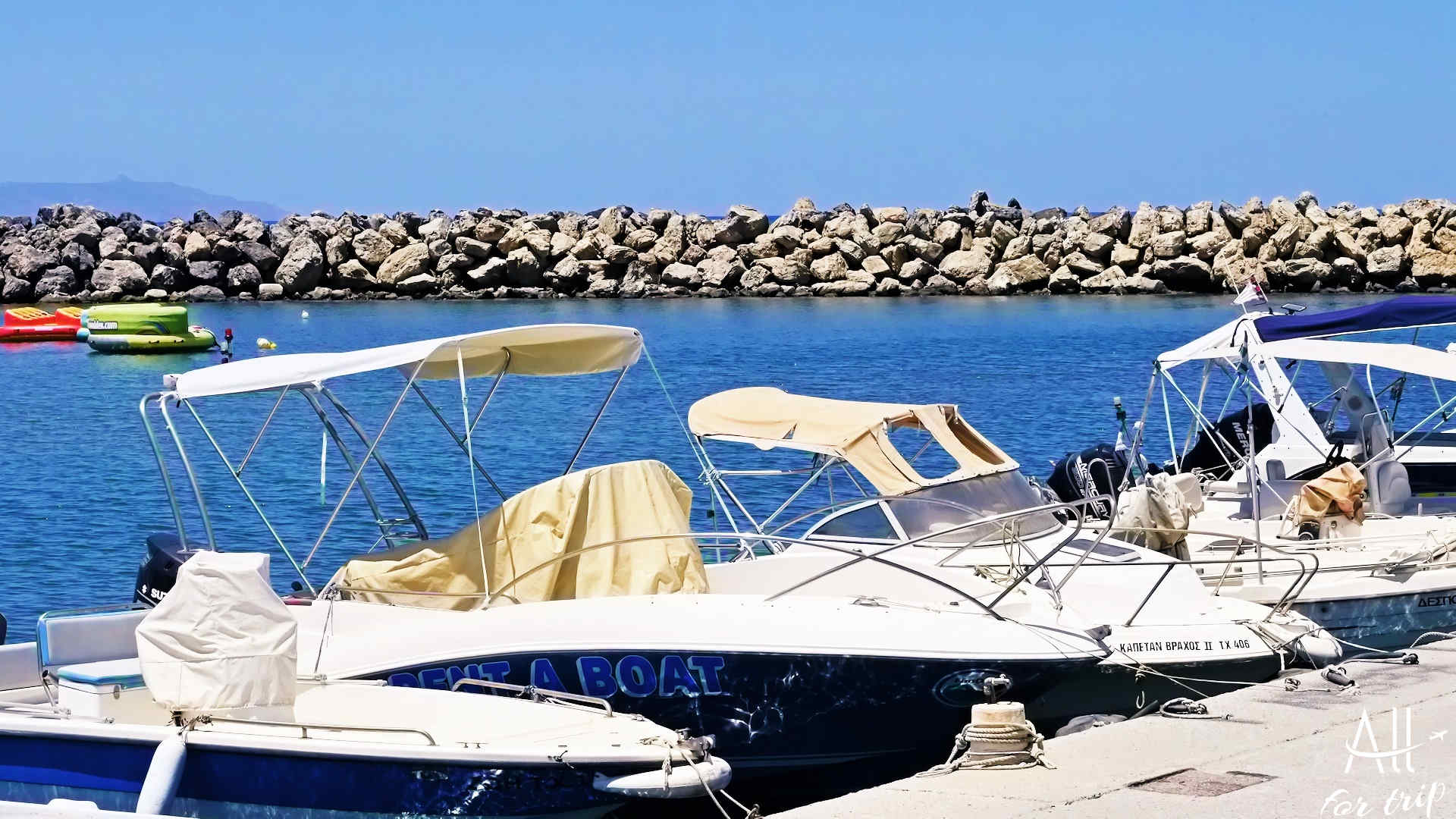
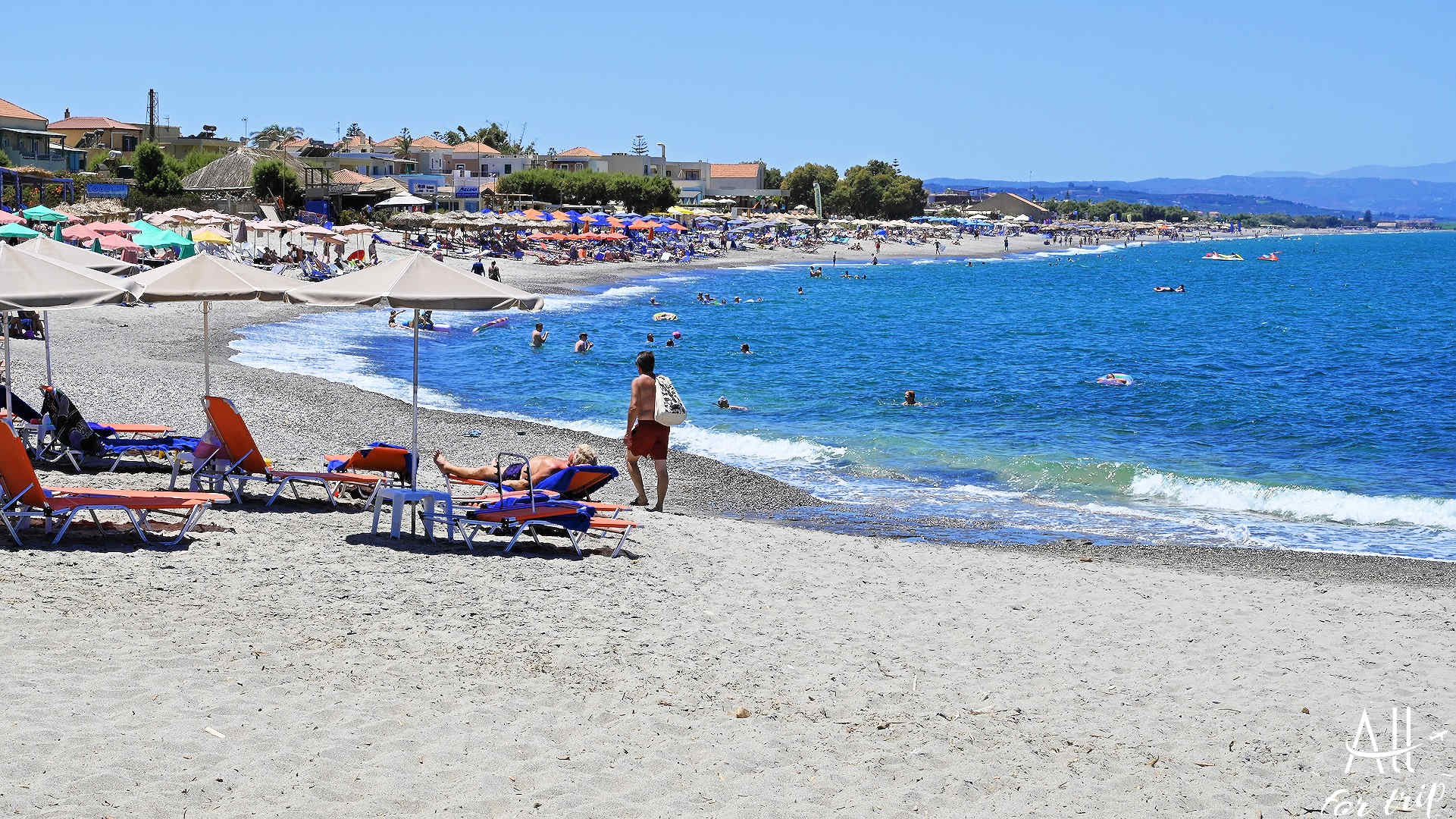
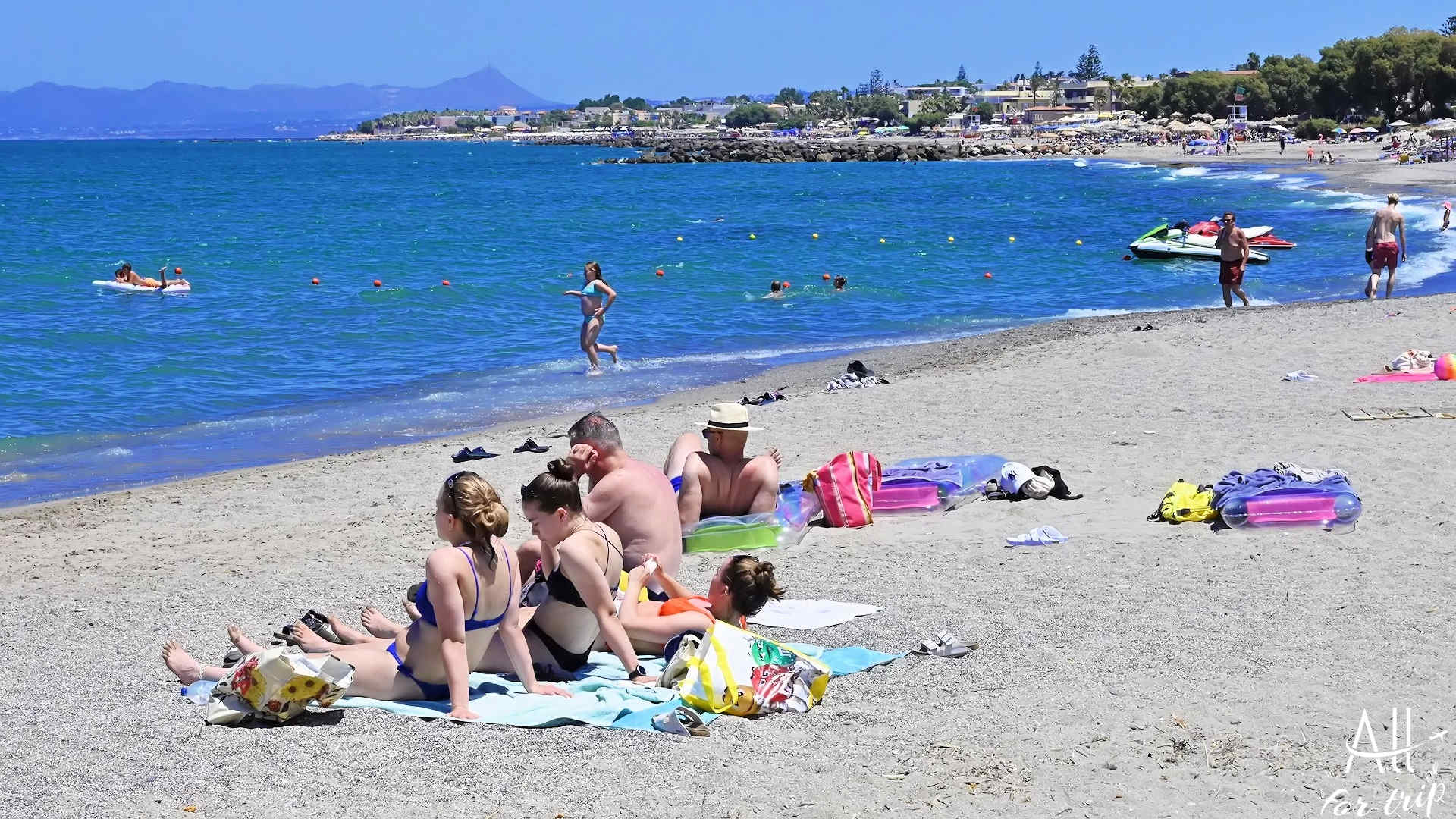
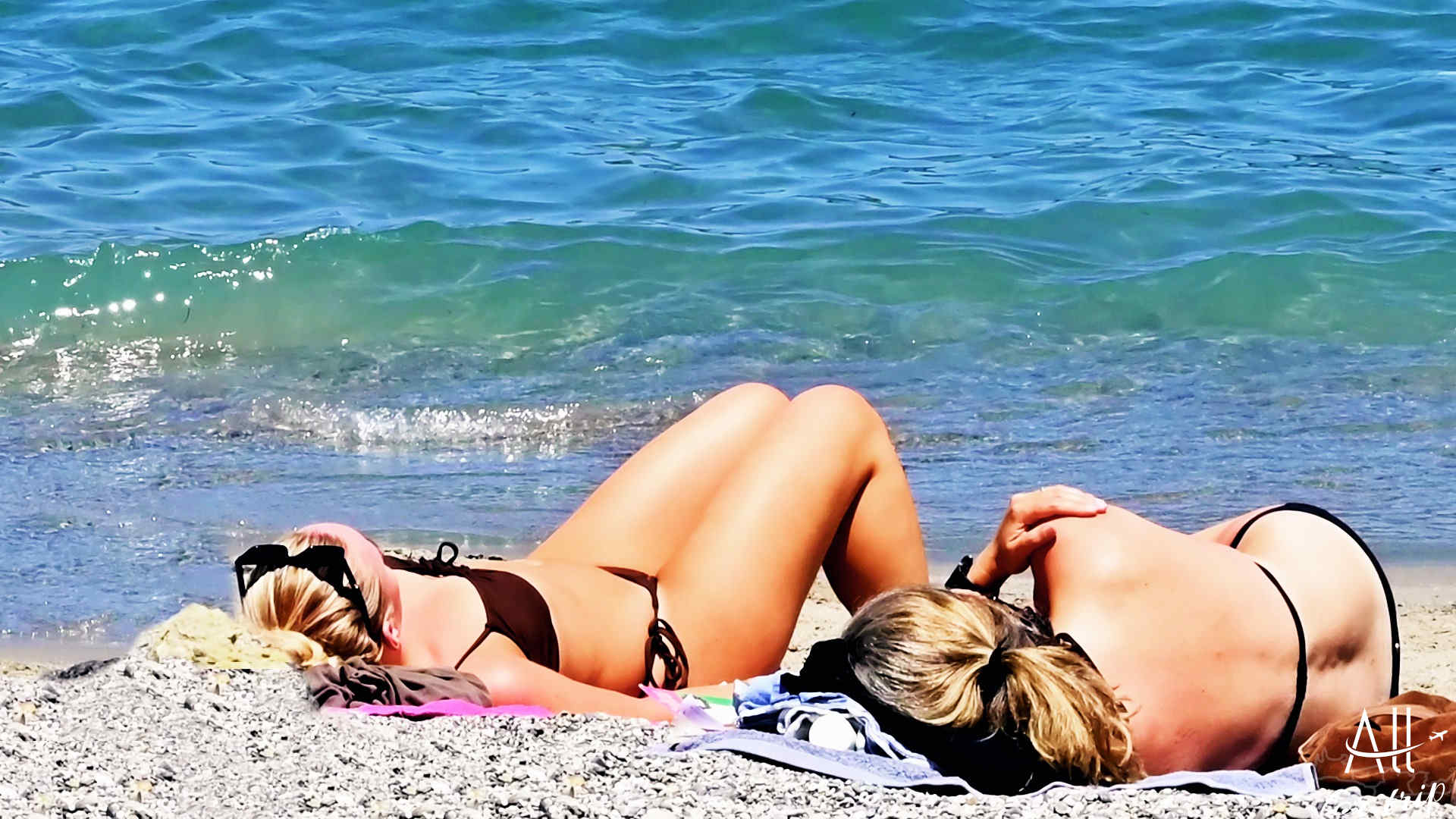
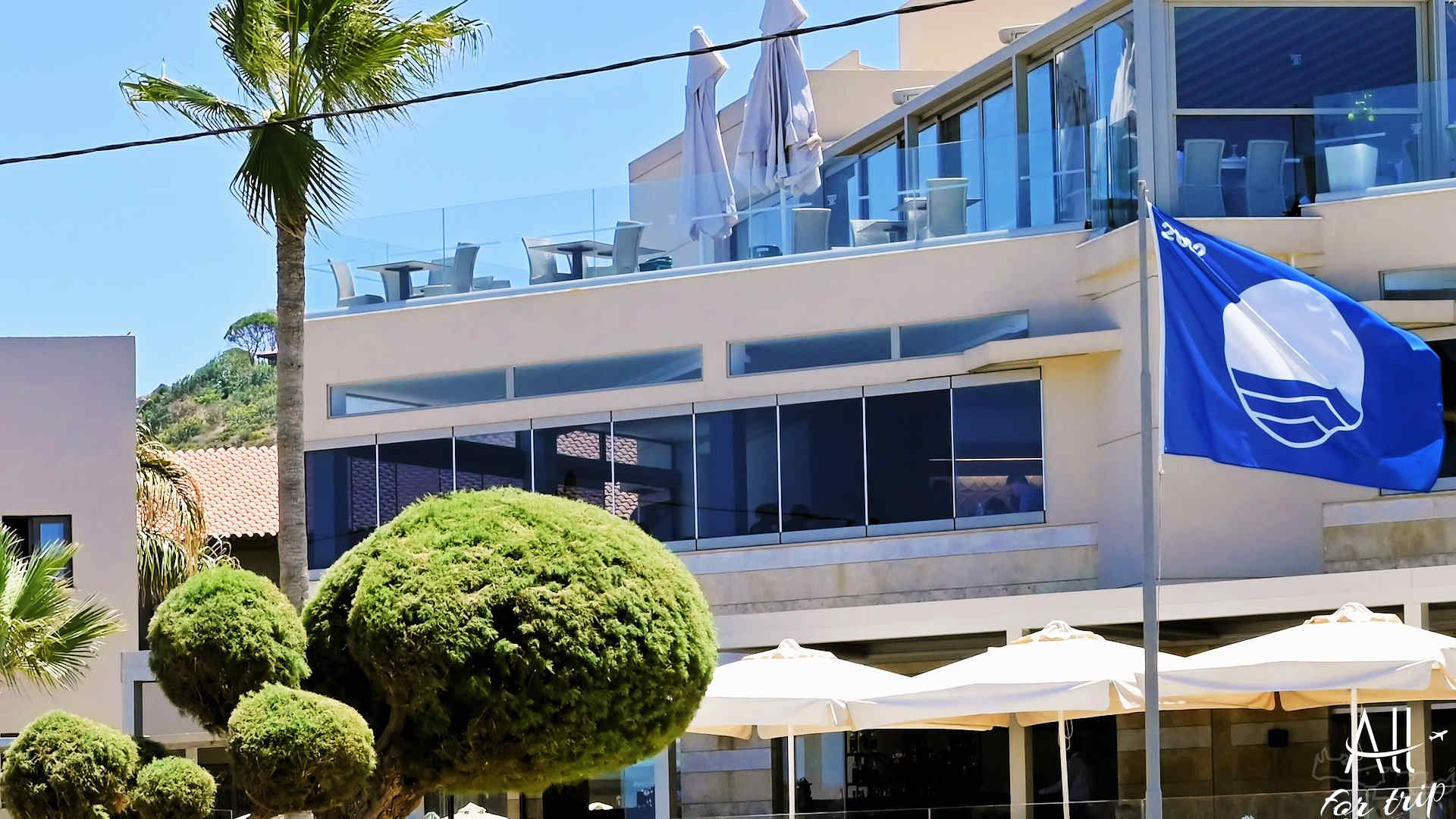
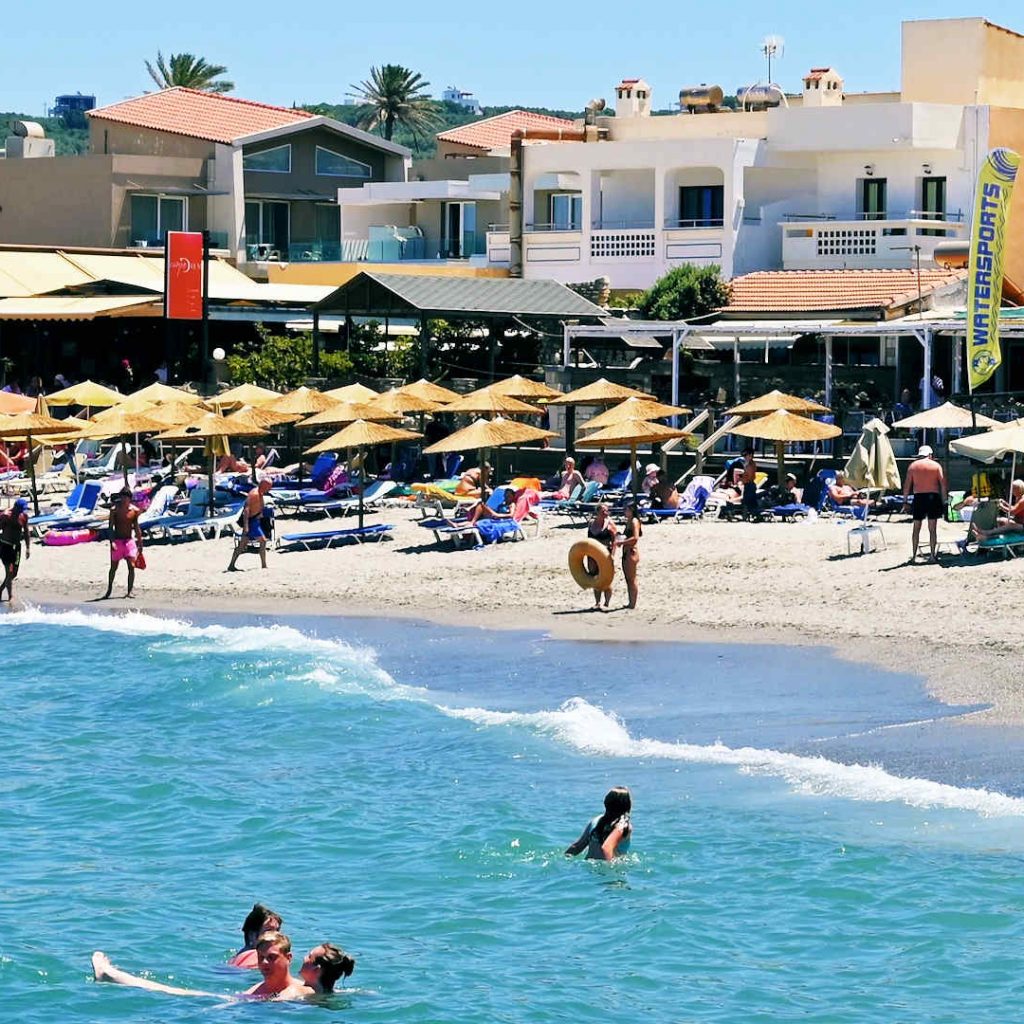
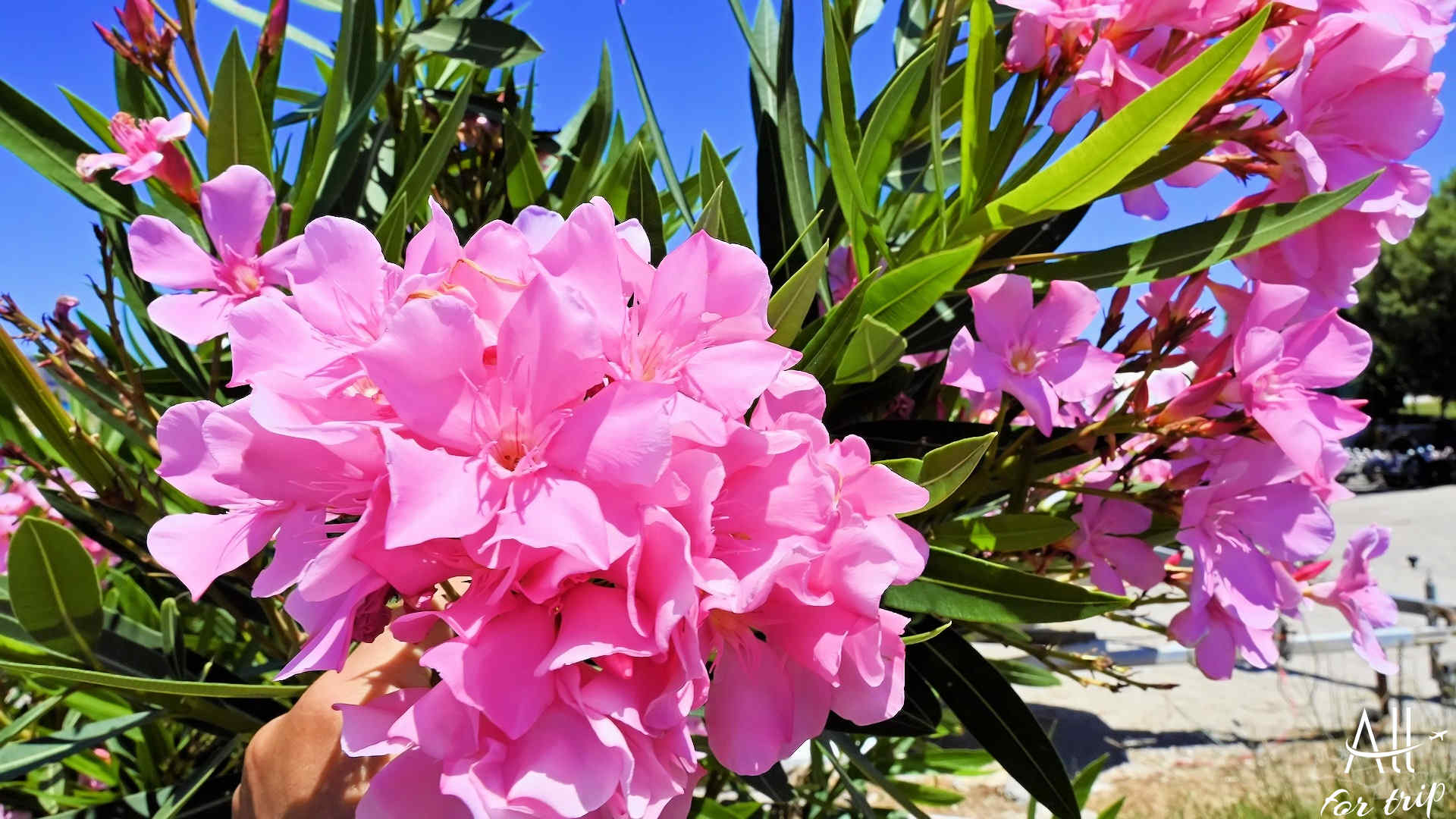
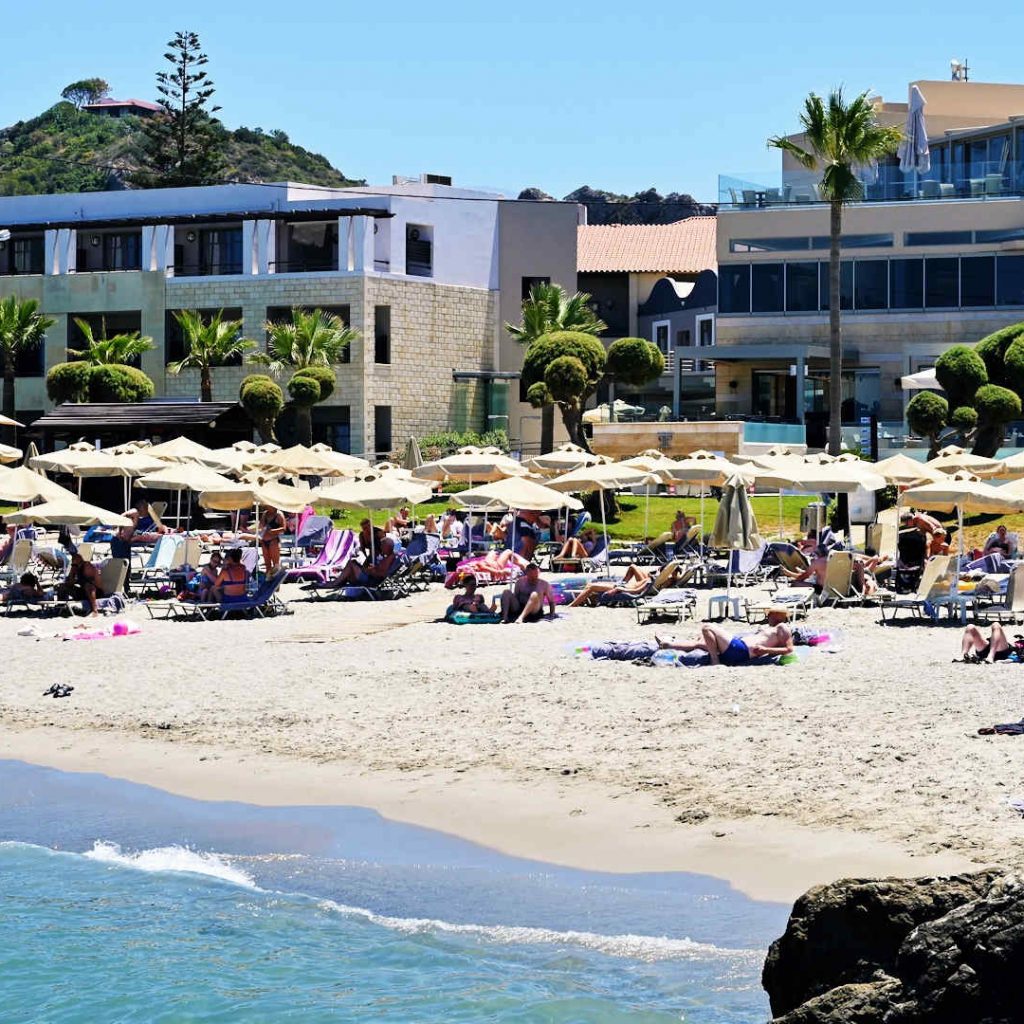


Comment (0)